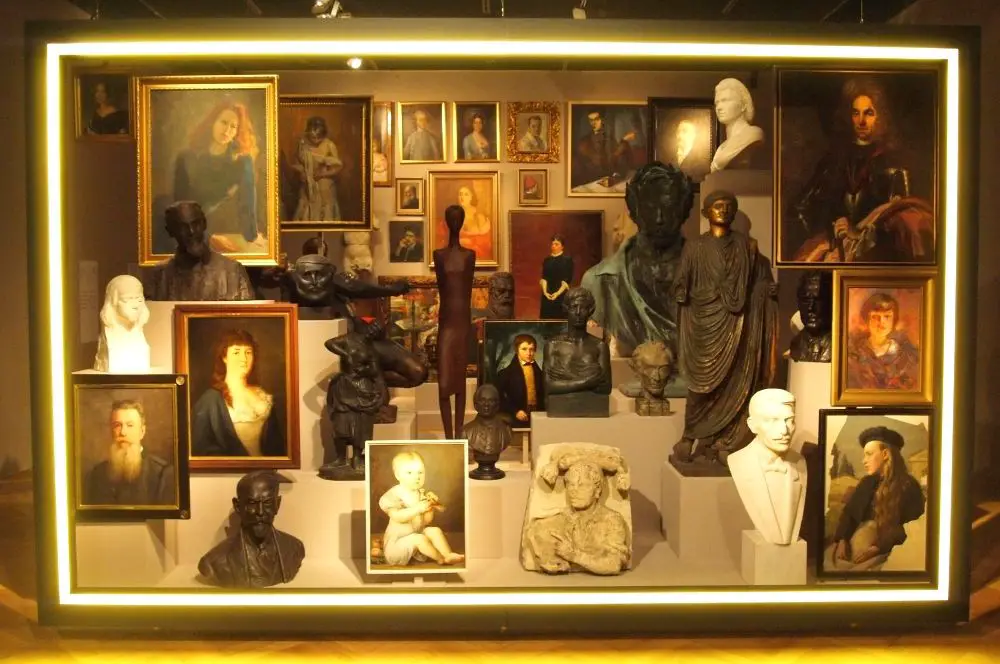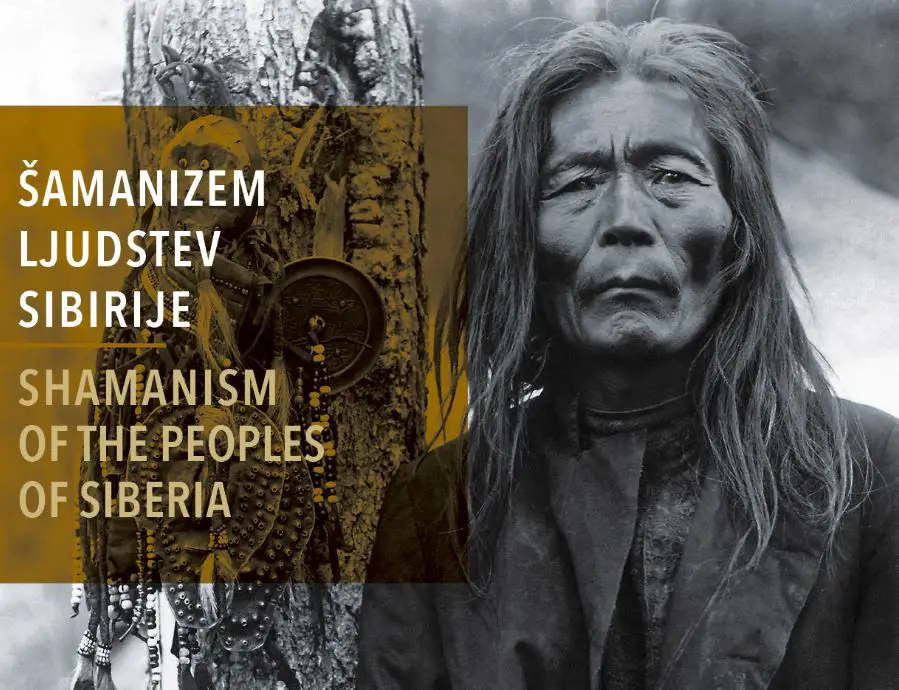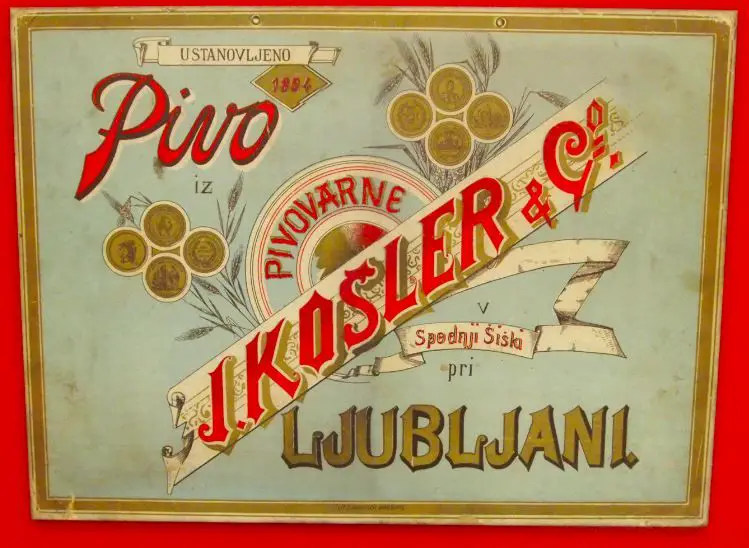Lifestyle
STA, 7 June 2019 - The 33rd Ljubljana Biennial of Graphic Arts will get under way on Friday, with satire and humour being the common thread of the event. Running until 29 September under the title Crack Up - Crack Down, it is curated by the internationally acclaimed art collective Slavs and Tatars.
Nevenka Šivavec, the director of the International Centre of Graphic Arts (MGLC), which organises the event, has told the STA that the collective has offered itself to curate this time after a successful appearance two years ago.
Šivavec said one of the reasons to select the collective, whose core activities are exhibitions, books, lectures and performances, was that they claimed to be covering an "area east of the former Berlin Wall and west of the Great Wall of China".
This is where the organisers found a connection with the geo-political space which used to be covered by the Ljubljana biennial, she said, adding that Slavs and Tatars were also active in publishing and translation.
According to Šivavec, the collective featuring artists from New York, Berlin, Warsaw and Dubai has been selected also because it has become a thing lately that large exhibitions and biennials invite artists as curators.
Slavs and Tatars were looking for a connection between graphic arts and the present time, finding it where satire and graphic arts meet. This is why the organisers have decided that satire is a good starting point, she said.
"The biennial explores the ways in which graphic language stimulates the emergence of satire as an extremely resilient and topical form of criticism through the use of irony and ridicule," according to the event's website.
Various media will be represented at this year's biennial, which will feature 35 artists from Slovenia, Poland, Ukraine, Georgia, Bulgaria, China, Iran, the UK and the US, who use various graphic languages in their work.
In addition to the historical part, the exhibition will feature works by contemporary artists, interventions by various activists and new media representatives, as well as shows by stand-up comedians and other performers.
The exhibition will take place at nine venues across Ljubljana, including the MGLC, the National and University Library (NUK) and the Švicarija arts centre in Tivoli Park.
An exhibition by the winner of the 32nd biennial, Guatemalan artist and architect Alejandro Paz, will meanwhile be on display in Plečnik House, combining Epicureanism and Slovenia's greatest architect Jože Plečnik.
The event will be accompanied by numerous side shows and a collection of articles by acclaimed experts and academicians. It will open today in Švicarija, when the grand prix will also be conferred.
Google Earth Engine is a site that lets you explore how places have changed since 1984 via the magic of satellite images, one for each year and for any place on Earth.
It’s a fun tool, although, as these examples of Ljubljana, Maribor, and Bled show, the physical infrastructure of some of Slovenia’s more famous places hasn’t changed as dramatically as you might expect (press the play symbol to start the animation).
Below: Ljubljana
Below: Maribor
Below: Bled
In contrast, looking at Novo Mesto the change from backwater to industrial powerhouse over the last three decades is quite evident from the air.
Below: Novo mesto
And the same can be seen, on a smaller scale, in the town of Logatec, with much of the change driven by two industrial parks.
Below: Logatec
And if you want to see how fast things have been going in other parts of the world, then check out Shanghai, Dubai, and Las Vegas
Below: Shanghai
Below: Dubai
Below: Las Vegas
You can play around with Google Earth Engine here
STA, 6 June 2019 - Slovenia's gender pay gap is relatively low when compared to EU average, however, it has been increasing at the fastest rate, warned participants of an international conference in Ljubljana on Thursday.
The latest figures put Slovenia's gender pay gap at 8% for 2017, which compares to EU average of 16%, but the gap expanded from only 0.9% in 2010, according to Eurostat data.
The figures were cited as a reminder of the escalating issue at the Equal Pay for Equal Work conference, held by the German political foundation Friedrich-Ebert Stiftung and the trade union confederation ZSSS.
Related: Slovenia's Minimum Wage 9th Among 22 in EU
Andreja Poje, the ZSSS executive secretary, said that equal pay had been a human right ensured by international acts since 1948. She pointed out that despite EU and national regulations aimed at tackling the gap, those acts had not proved effective in practice.
The gap has been closing very slowly and, based on the International Labour Organisation Data, if it continues to do so at the current pace, it will take 70 years to completely bridge it, said Poje.
According to her, women's gross hourly earnings are lagging behind men's most severely in financial and insurance services, health and social care and education. Surveys show that the situation is surprisingly worse in the public sector and not the private one.
Živa Humer of the Peace Institute pointed out that the gender pay gap affected the gender pension gap and resulted in the feminization of poverty. The EU average gender pension gap was at 39% in 2017, while in Slovenia the figure stood at 24%, said Humer, adding that Slovenia was among countries with the highest rate of older women being at risk of poverty.
Related: Find Out the Average Pay for Various Jobs in Slovenia
According to Humer, mitigating measures include setting up record mechanisms, reporting and sanctioning gender pay gap cases in sectors and companies, implementing bans on the gender pay gap in collective agreements, encouraging the young to opt for gender-atypical professions, raising the status of care work, raising awareness, and co-funding research as well as pensions to keep them above the poverty line.
Silvia Maja Melzer of the German Bielefeld University said that despite the growing trend, Slovenia belonged to the group of countries with the lowest gender pay gap, labelling that as a strong foundation for the fight against inequality, considerably better than the ones in countries such as Germany and Czechia, which, according to her, still had a long way to go.
The 2017 gender pay gap in Germany was at 21%, while the Czech figure stood at 21.1%, the second highest rate recorded in the EU. Both countries have started developing action plans and legislation amendment proposals to tackle the issue.
Maruša Gortnar of the Labour Ministry pointed at the government's measures for narrowing the gender pay gap, including integrating the gender equality index, determined by the European Institute for Gender Equality, into the country's development strategies. One of the sub-indicators of the index is the pay gap, which assists the ministry in developing its action plans.
Related: OECD - Slovenia Ranks 8th Globally on Gender Equality
Executive director of the Slovenian Managers' Association Saša Mrak said that the association had been striving to ensure equal pay and gender equality by awarding equal treatment in projects.
She pointed out that last year women managers were granted support by the association's management board in tackling this issue legally for the first time.
The ZSSS president Lidija Jerkič said that, according to her experience, such discrimination was usually covert and an issue that escalated gradually.
Female workers may be treated the same way as their male co-workers at the beginning, getting equal pay and benefits, but over time the former are less likely to get promoted than the latter due to their alleged lower level of competitiveness, said Jerkič.
This Friday, 7 June (2019) sees the start of the 33rd Ljubljana Biennial of Graphic Arts, which runs until 29 September. This edition is curated by the art collective Slavs and Tatars and is going out under the title Crack Up - Crack Down, with a focus on satire in the region. The Biennial takes place at the International Centre of Graphic Arts (Mednarodni grafični likovni center, MGLC), in Tivoli Mansion, the building shown in the image at the top of this story. To mark the event, which has been running since 1955, we thus went to the archive (aka Wikimedia) and returned with these images of the Mansion, and other parts of the park, in first half of the 20th century.
Other posts in this series can be found here
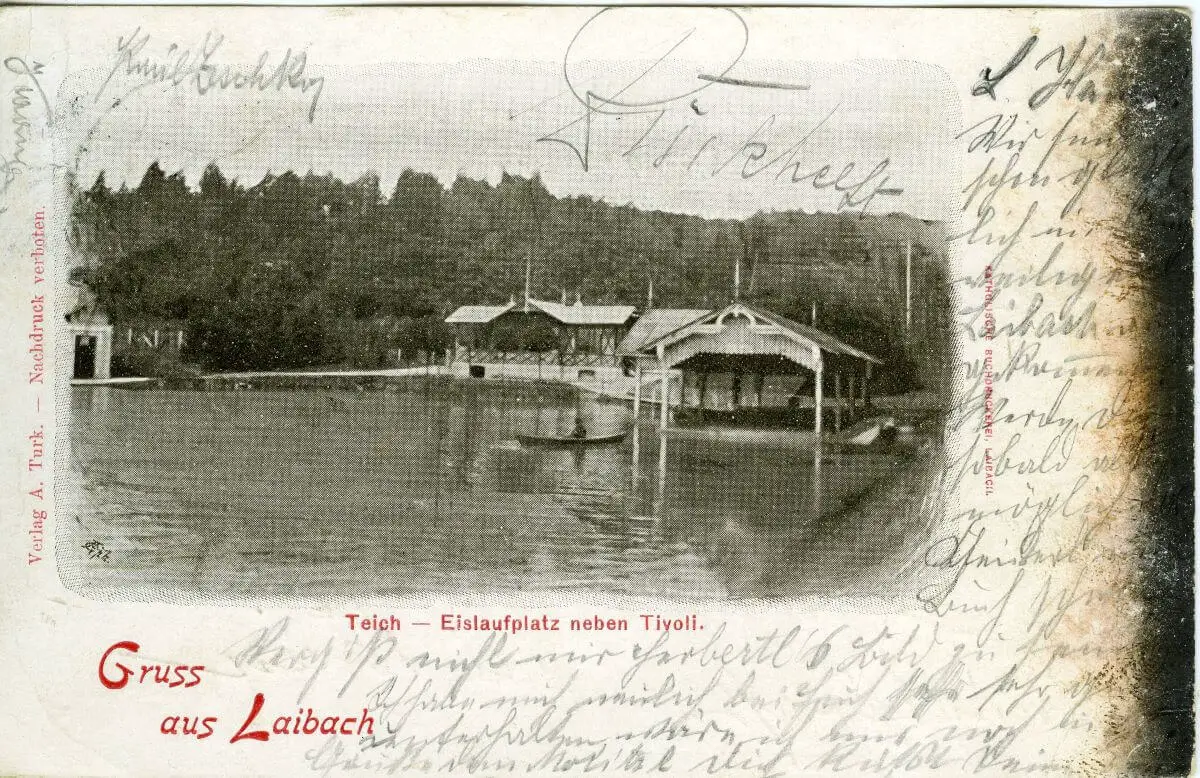
The fish pond, 1898
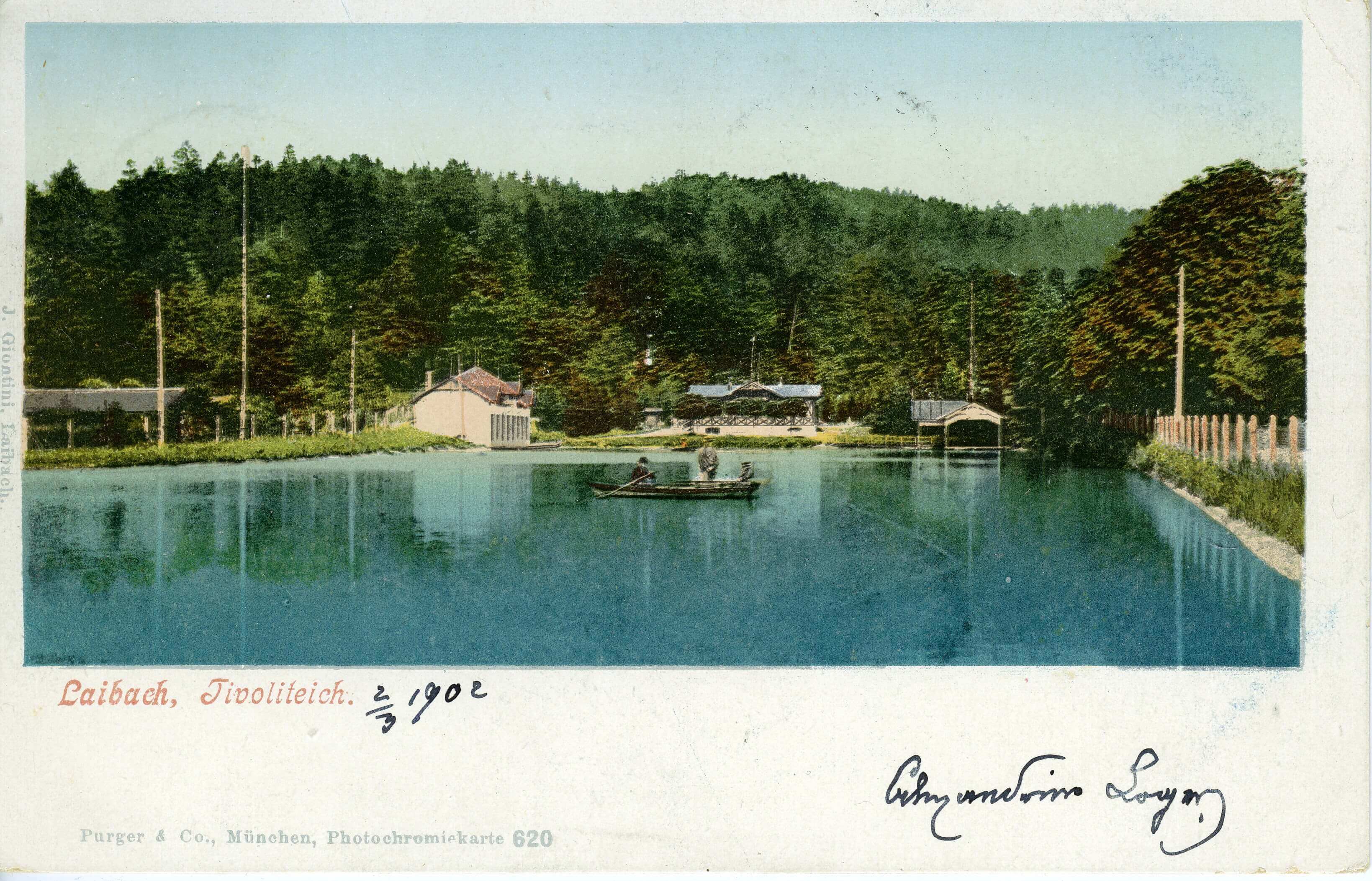
The fish pond, 1902
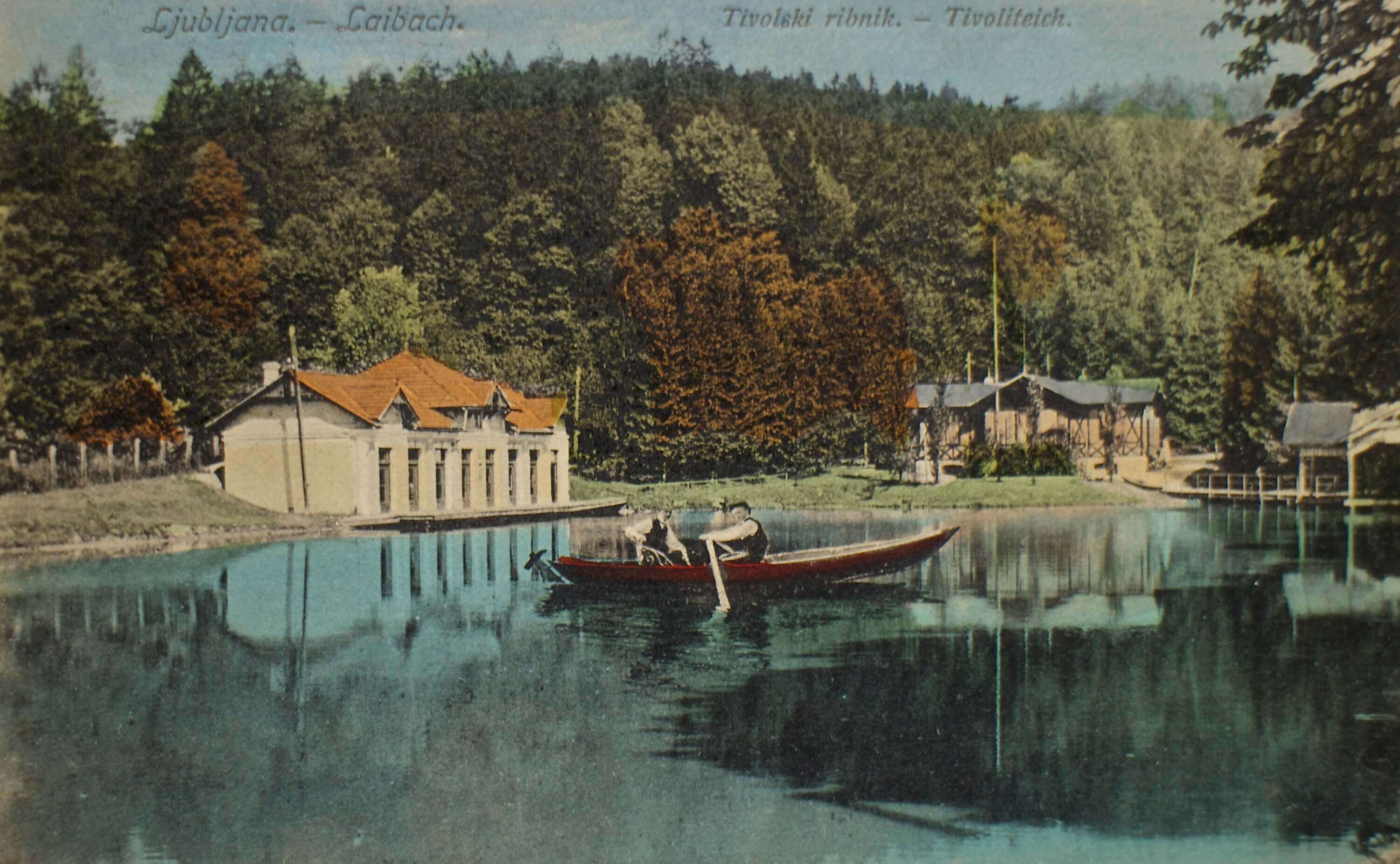
The fish pond, 1912
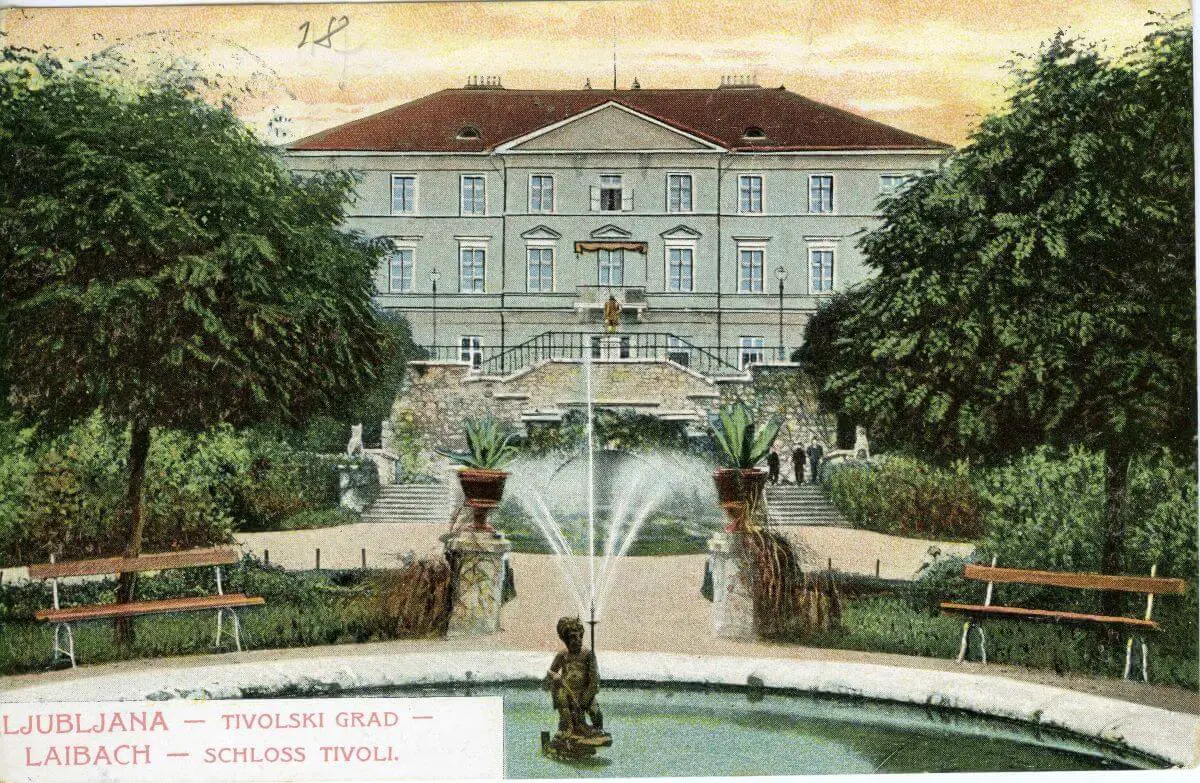
Tivoli Mansion, 1907
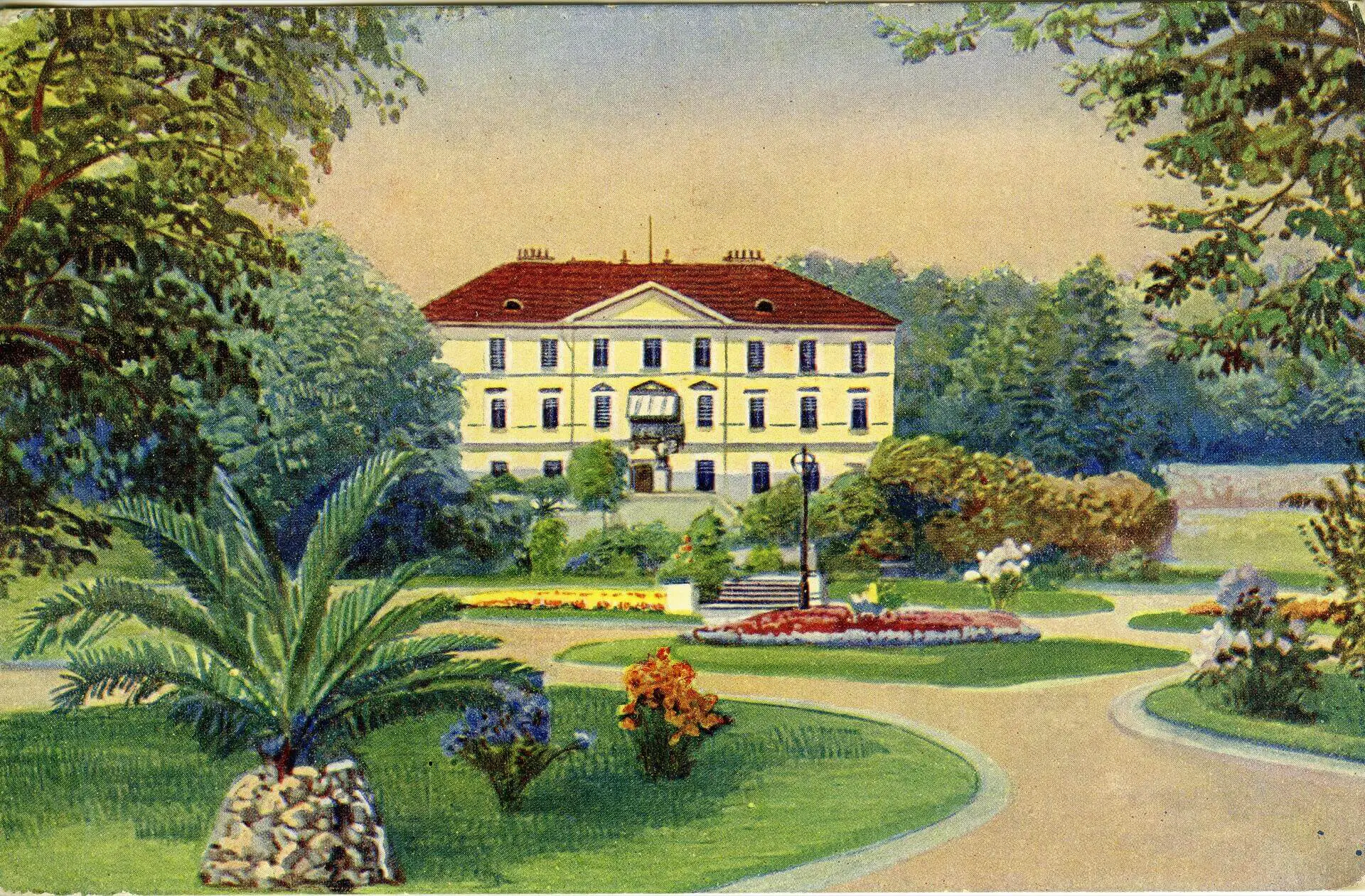
Tivoli Mansion, 1916
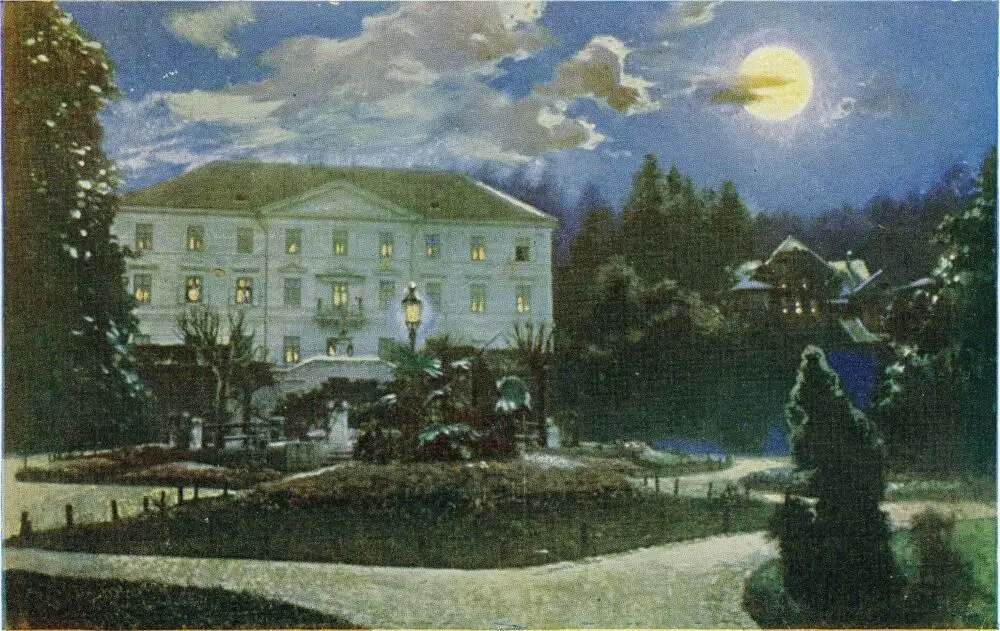
Tivoli Mansion, undated
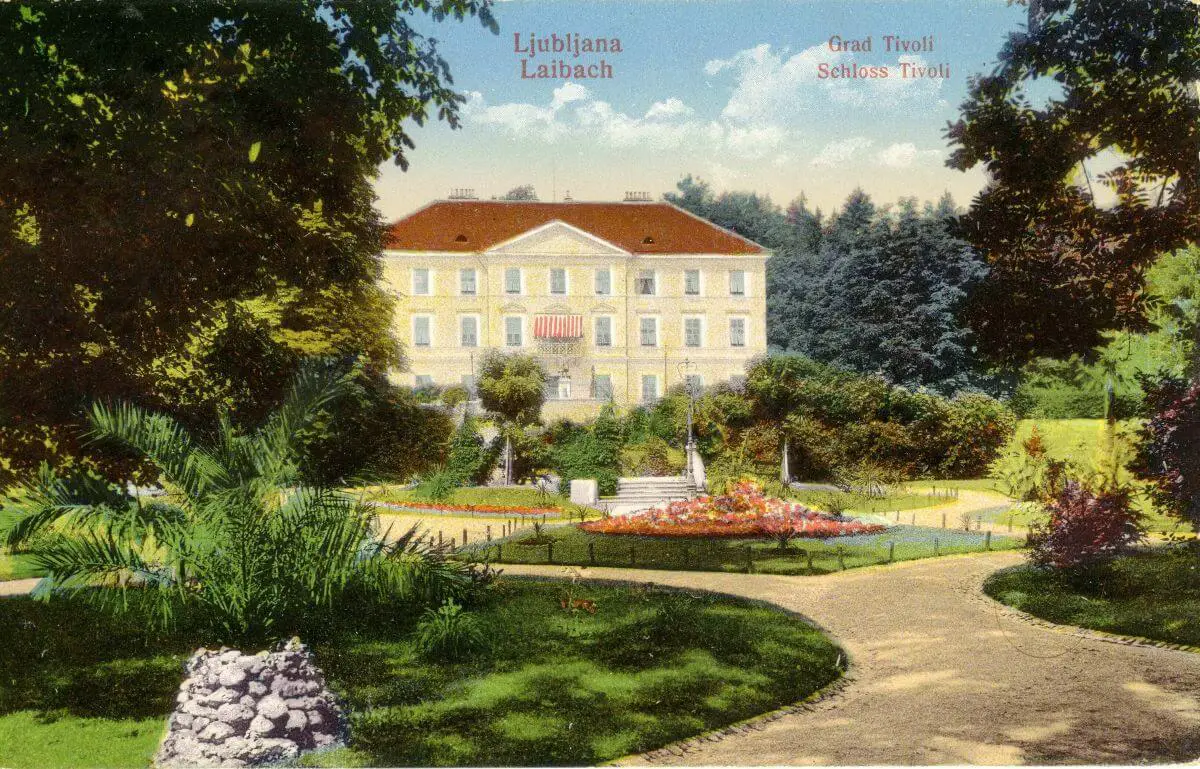
Tivoli Mansion, undated
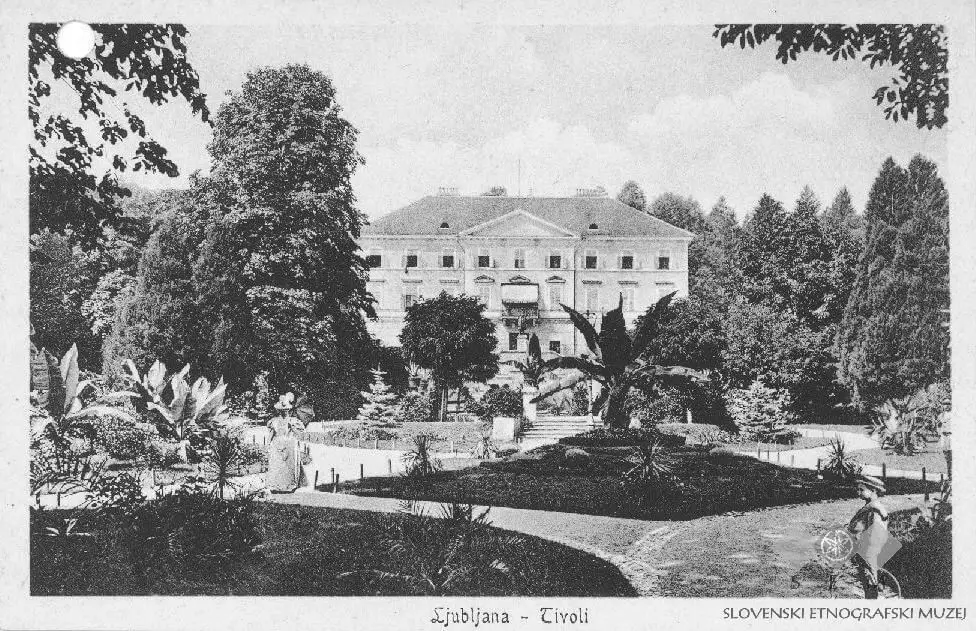
Tivoli Mansion, undated
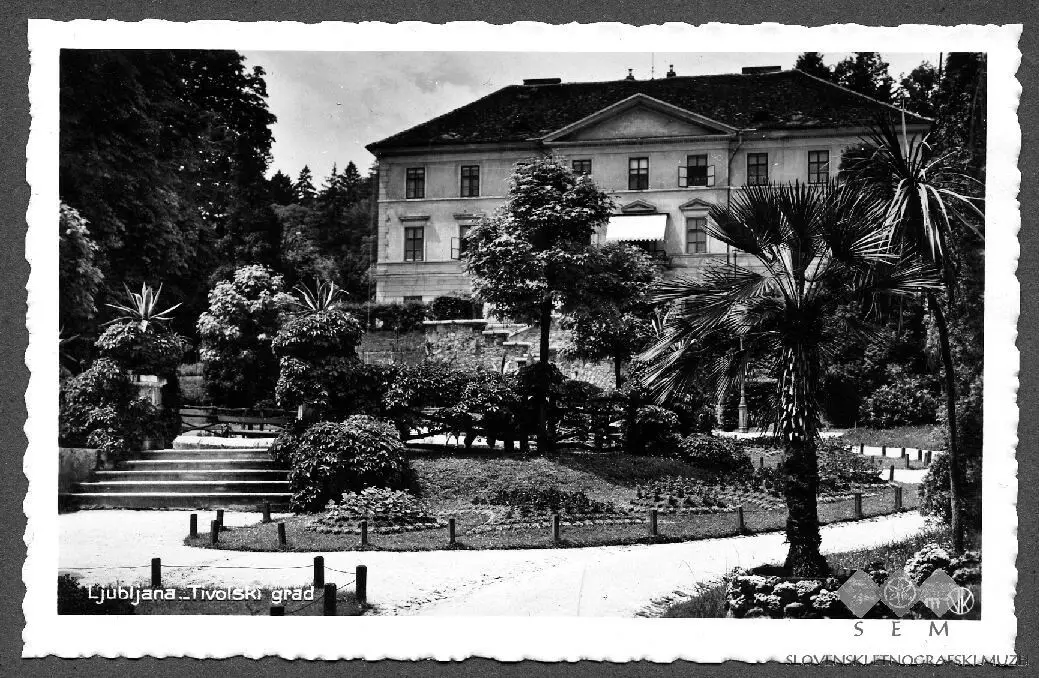
Tivoli Mansion, undated
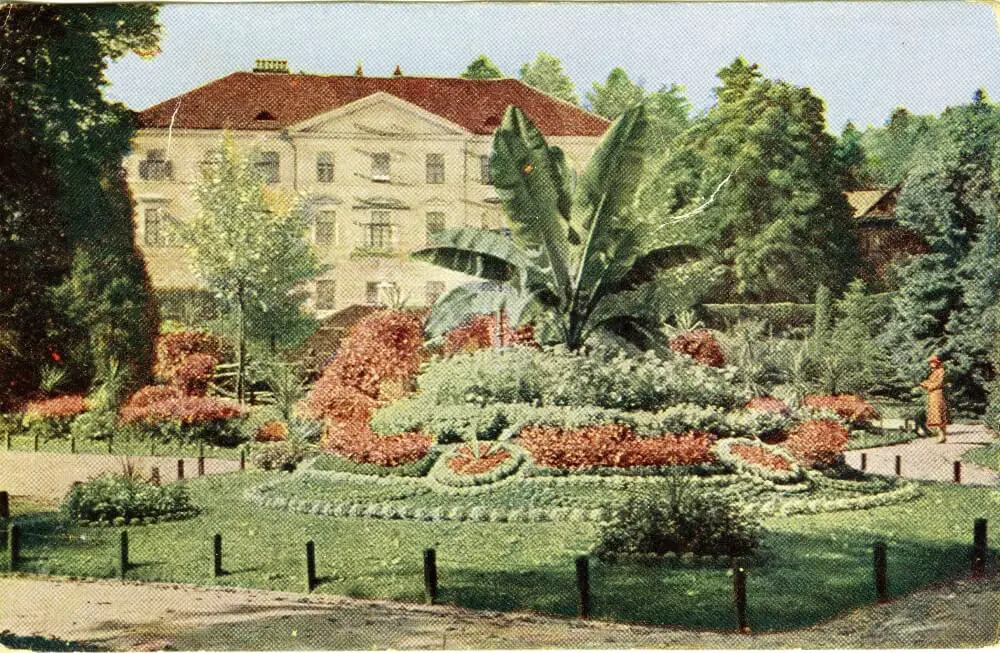
Tivoli Mansion, 1933
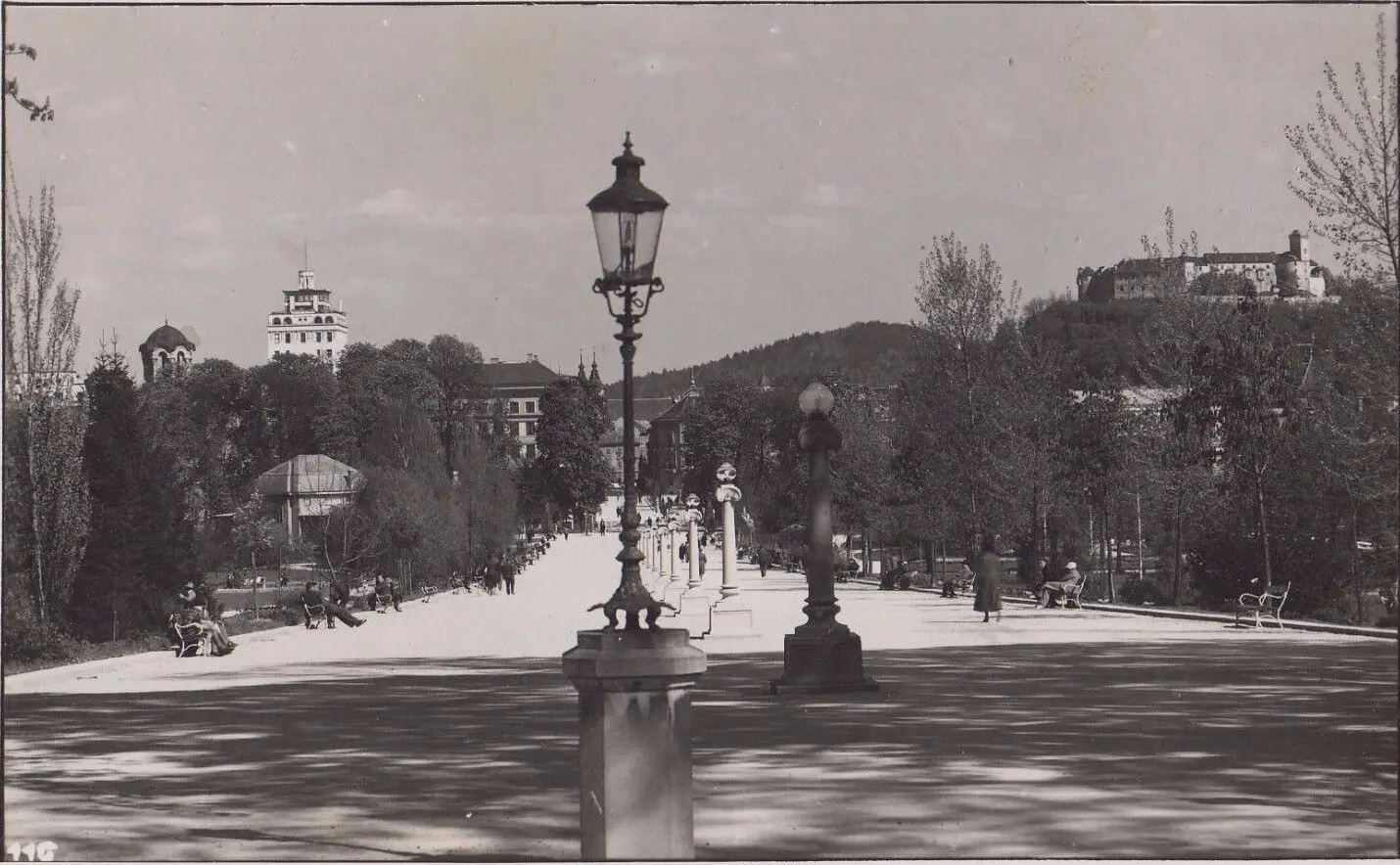
Jakopič Promenade, 1930s
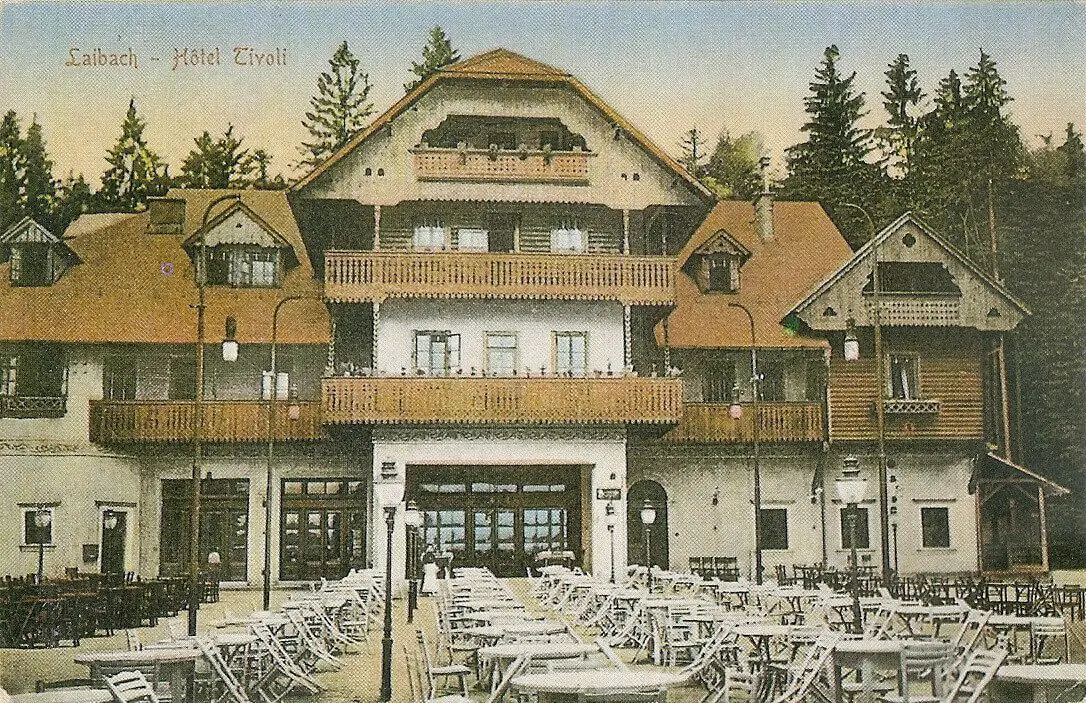
Hotel Tivoli / Švicarija - undated
STA, 4 June 2019- As Slovenian Muslims gathered to celebrate the end of the fasting month of Ramadan in Ljubljana on Tuesday morning, Mufti Nedžad Grabus expressed concern about what he said was growing Islamophobia in Slovenia.
Addressing believers gathered for the Eid al-Fitr prayer, the leader of the Slovenian Muslim Community spoke about the "development of Islamophobia, which is being spread to Slovenia by means of extremist and nationalist platforms in Europe and which is manifested through certain media and political concepts in daily labelling and defining of Islam as a violent religion".
He argued that manipulation of political concepts of multi-culturalism was giving rise to uncertainty among people and incited hatred, a serious problem for society.
"As European Muslims we are sensitive to any spread of hate speech, because we know from own experience it can lead to unwanted consequences as it did in the case of the Srebrenica genocide," Grabus said.
He urged those responsible to dedicate more attention to hate speech in society. "We are aware of the freedom of speech in a democratic society, but the freedom of speech cannot be an excuse to spread hate speech against others."
Grabus, who was addressing the believers at the Kodeljevo sports arena, expressed the hope that the next Eid al-Fitr prayer would be conducted at the mosque, whose construction is all but completed.
The mufti also called for modesty, spirituality and charity, warning against pride, which he said destroyed humaneness.
June 4, 2019
With the beginning of June the last of eight court decisions that prevented the city government of Ljubljana from taking control of the Rog bicycle factory turned squat were decided in the city’s favour, and thus the authorities are expected to begin their long-planned renovation process. However, even though the court ordered eight of the squatters to leave the land, there remain about a hundred other users who refuse to leave the premises.
Some of the current Rog users, worried the city government might begin their work any time now, began building a barricade to prevent construction machinery from entering the main yard. In doing so they have entered into several conflicts, one with the police and two with the construction workers that are currently replacing pipes on Trubarjeva Road. The first incident occurred with workers walking into the Rog yard in order to inspect and start digging for the heating pipes there, the second when local citizens noticed how Rog users went into Trubarjeva Road in order to collect material from the construction site, presumably to be used in their barricade.
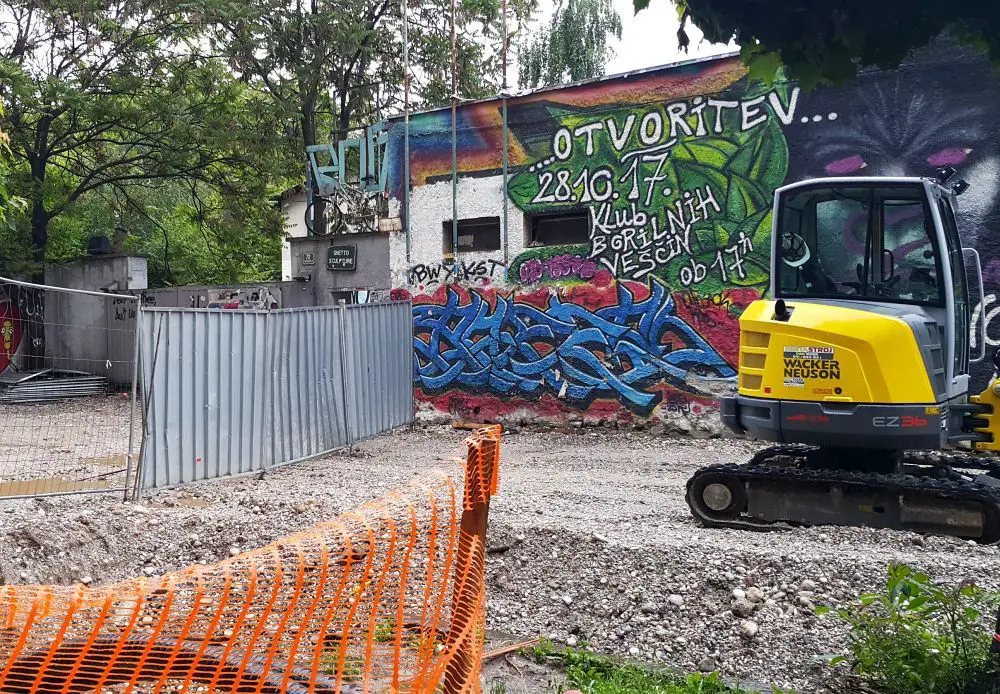
Although some of the self-styled representatives of the Rog squat are calling for more dialogue with the city government, in an interview for MMC from January this year Mayor Jankovič expressed frustration with the mediation process, stating that at a certain point the city was offering Rog users 500 sq metres of renovated properties to use. When this offer was rejected, he said that the city government lost interest in continuing talks with the squatters.
Last week the city government declared the beginning of the renovation works by choosing the construction company that is going to build an access ramp for the underground parking garage that is planned at the site of the new Rog Centre project.
We are not sure how the construction of the ramp is going to be possible under the current circumstances, but can presume it will not be smooth, fast nor cheap.
STA, 3 June 2019 - The Society of Slovenian Deportees 1941-1945 (Društvo izgnancev Slovenije, 1941-1945) urged Slovenia ahead of 7 June, Slovenian Deportees Day, to claim at least a symbolic portion of what it says remains around EUR 50 billion owed by Germany in war damages. The society's Ivica Žnidaršič believes Slovenians know too little about the deportations that started in June 1991.
Žnidaršič told the STA that the German occupying forces had deported 63,000 Slovenians. Around 45,000 were taken to German deportation camps, 10,000 to Croatia, 7,500 to Serbia, and 2,000 to Hungary, while around 17,000 Slovenians escaped to avoid being deported. There are believed to have also been 2,000 children among the deportees.
"Slovenian deportees remain the group of Slovenians that have been hurt the most, since we lost all of our property and never received reparations. We only secured our status as victims of war violence in 1995," she said.
According to Žnidaršič, the victims have been receiving modest annuities since then - 0.84 euro for each month of violence for the deportees and 0.50 euros for the refugees.
"A 2001 law gave us a one-off reparation payment of 25,000 Slovenian tolars or 104 euros for each month or 12,000 tolars for the refugees. There was also 864 euros paid for deceased parents. However, we never received any damage payments for the material damage," she added.
The Society of Slovenian Deportees 1941-1945 is pointing out that there is no statute of limitations for war crimes, which is why Germany still owes Slovenia around EUR 50 billion.
It expects Slovenia will claim at least EUR 3 billion, which would allow the construction of a centre for victims of war violence and secure EUR 6,000 to the still living deportees. Of what were around 80,000 who were deported or who fled there are only around 9,500 still alive today.
It was on 7 June 1941 that the deportations started with a large transport operation in Slovenska Bistrica. The day is marked by a number of events each year. The central one this year will take place at the central camp for the deportations of Slovenians in WWII at Brestanica pri Krškem.
STA, 3 June 2019 - Employers have been struggling with a shortage of staff for a while, so after years of restrictions the door to hiring foreigners are now open wide. Despite several measures aimed at protecting workers from abroad, many of them are being exploited, especially in construction.
During the crisis years, the number of foreigners working in Slovenia plunged, but now that the economy has been expanding, it is rising again.
In 2008, more than 90,500 work permits were issued to third-country workers, while the number dropped to 15,990 together with those who also had a residence permit, data by the Employment Service show.
Last year, a total of 38,938 of single work and residence permits were issued. Most of the foreigners come from the former Yugoslav republics.
Related: Foreign Nationals in Slovenia, by Country, Region & Continent
Since many of foreign workers were subjected to exploitation in the past, the Labour Ministry has been amending the labour legislation for a decade to prevent abuse. "Today we can say that the legislation in this field guarantees a high level of protection to foreign workers," the ministry told the STA.
A company can only hire a worker from abroad if it is paying out wages and social security contributions, does not have any tax debts to the state, is properly registered, has valid employment contracts, is not in receivership and if a Slovenian candidate cannot be hired for the post.
Those found to be breaking the law can be banned from hiring third-country citizens for up to two years.
But the ministry said it was still hard to prevent cases of deliberate violations, which border on human rights violations.
The Labour Inspectorate, which does not keep a separate record of violations of migrant workers' rights, told the STA that the violations of the act on the employment, self-employment and work of foreigners have been decreasing.
While 229 cases of violations were recorded in 2008, last year there were only 29, mostly in the construction sector.
Since last year, the inspectorate has also been monitoring the implementation of the transnational provision of services act, which was violated in 20 cases.
Last year, the inspectorate also recorded 21 violations of the employment relationships act, which enables fixed-term employment contracts to foreigners. In 73 cases, the rights of workers posted abroad by Slovenian employers were violated, while no violations were found of the article guaranteeing rights to workers temporarily posted to Slovenia.
In 2018, the minimal accommodation standards for foreign workers provided by employers were violated in two cases.
Related: Statistics - 1 in 8 Residents of Slovenia is an Immigrant
However, the NGO Workers' Counselling Office reports of much more violations. It claims a number of basic rights of migrant workers are being violated. Most concern non-payment of wages, social security contributions, sick leave compensation and overtime work.
Employers are also violating workers' rights when determining their working hours and forcing them into a type of employment contract termination that negatively affects the worker.
The NGO also dealt with cases where workers were checked out of social insurance retroactively and where work-related injuries or physical violence were not reported.
The NGO too receives most grievances from construction workers, but also from lorry drivers and cleaners.
Goran Lukič of the Workers' Counselling Office said the most problematic were the work permits obtained by employers for citizens of Bosnia-Herzegovina (and soon also for Serbian citizens) based on a bilateral agreement, under which the worker must work for the company which paid for the permit for one year.
If they want to hold on to their work permit, the workers must stay with the company and are "often caught in forced labour," Lukič told the STA.
If you're not in town for the week of this guide (3 to 9 2 June, 2019) then you can see all the editions here, and if there's event you want to promote in a future edition of What's on in Ljubljana please get in touch with me at flanner(at)total-slovenia-news.com or try and find me on Facebook.
In town and want to follow the news? Check out our regular morning headlines for Slovenia here. Here’s a guide to many of the political, business, cultural, sporting and other events in Slovenia over the next seven days.
As ever, links to venues are after the following selections…
I took a boat ride last week, and it was great - see a timelapse video of a trip on the same boat, below, and read about it here.
If you're learning Slovenian then you can find all our dual texts here
Lighting Guerrilla will continue to delight after dark at various locations around town until 15 June, so if you see anything strange and lit up, that’s why.
It might be too late to get tickets, but Sting is playing Stožice on Tuesday, 20:00. Wednesday Crack Cloud, who are claimed to be “one of the most exciting new bands at the moment”, will be at Kino Šiška.
Friday night the 33rd Biennial of Graphic Arts opens its doors at the International Centre of Graphic Arts in Tivoli Park, with what’s usually a fun party. This year the event, which runs until 29 September, is called Crack Up – Crack Down, and is curated by the collective Slavs and Tartars, with a focus satire and the graphic arts. I’ll be there, moving lightly between the free wine and exhibits, so say hello if you know my face.
Friday, 7 June, also sees the start of the June in Ljubljana Festival. This is free events in Kongresni trg / Congress Square – the big square in the centre of town that’s next to Zvezda Park – with a varied programme of music, dance, children’s shows, and so on. Some details are here, and a video from 2017 below.
Friday and Saturday there’s Salsa at the Castle (details), of the dance and not sauce variety, so leave the chips at home.
Saturday head to Pogačarjev trg square – the Market Square not from Triple Bridge, where Friday’s Open Kitchen is held – and you can enjoy the Karst Prosciutto (pršut) Festival, which should delight lovers of find dried and aged pork, plus wine.
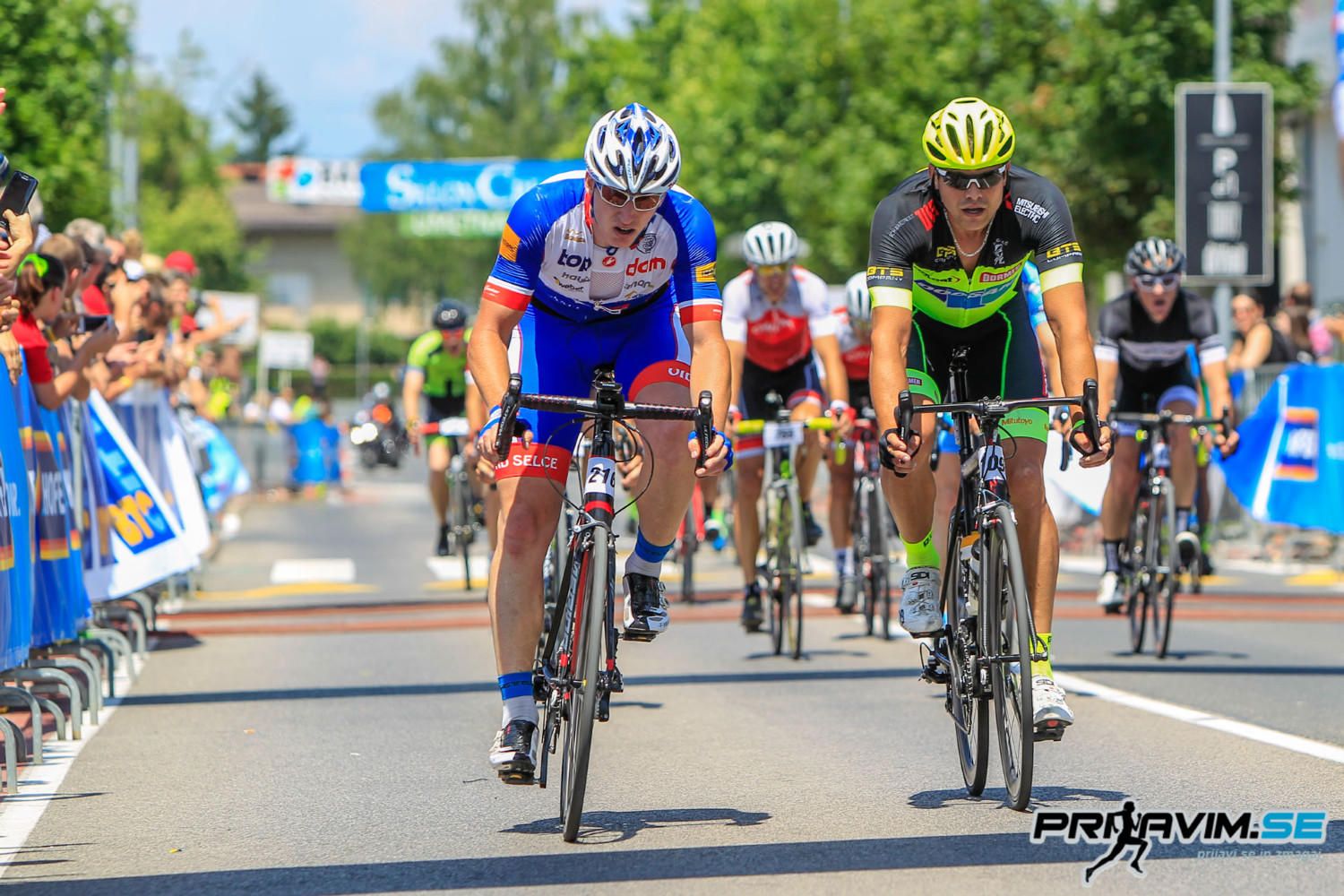
Running from Friday to Saturday is the Marathon Franja, the country’s biggest cycling event. In addition to several races, which you can enter right up the day, there will be a big bike expo out at BTC where can see all the latest equipment. Details here.
The weather’s getting better, so the number of outside events and performances is increasing. This Saturday and continuing through the summer are two art markets. ARTish is in Gornji trg square, the far end of the Old Town, where you can buy works from Slovenian artists (09:00 – 18:00). Around the same time, but ending 16:00, there are more local artists along the nearby Breg Embankment, on the other side of the river, under the banner of the Ljubljana Art Market. (While Sunday mornings, same location, see the regular flea / antique market. There's also the famed food market Open Kitchen, every Friday 10:00 to 21:00 in the central market - it's lively, with a good mix of locals and visitors, and even if you're not hungry you'll enjoy it (but go hungry).
Volčji Potok Arboretum (Volčji Potok 3) has a rose garden in bloom until 31 August, nature permitting.
- Cinemas and films
- Clubbing
- Live music
- Theatre and dance
- Harm reduction and drug testing
- Things to do with children
- LGBT+ Ljubljana
- Ljubljana Castle
- Museums and galleries
- Other things to do in Ljubljana
- Daytrips
- Getting around & miscellaneous
Cinemas and films
You can read about all the cinemas in town here, while a selection of what’s playing this week is below, and note that kids' movies tend to be shown in dubbed versions, while non-English language movies for older viewers will have Slovenian subtitles.Parents should also pay attention to Kinobalon, which is Kinodvor's regular weekend series of film screenings and events for children, from babies on up, with special parent/child events, "first time in a cinema" screenings, and babysitting. Learn more about it here, and see the current schedule here.
Kinodvor –This is an arts cinema, not far from the train station, that shows new features as well as hosting the occassional festival.
Kinoteka – And not far from Kinodvor you can find this revival cinema, which shows art house classics along with some deep dives in the archives.
Kino Bežigrad - A relatively small theatre, but one which usually has the biggest of the new releases.
Kolosej -The multiplex out at BTC City Mall shows all the big movies, with well over a dozen titles on the schedule, although note that there are far more movies than screens, so some of the older ones mayonly be playing once or twice a week.
Komuna – The cinema in a basement behind Nama department store shows two or three different features a week, usually including the biggest titles.
Clubbing
Compared to some European capitals it can seem that nightlife in Ljubljana ends rather early, especially along the river, but there are still bars that stay open late and clubs were you can dance until dawn, and perhaps the best place to stumble across something interesting is the legendary Metelkova. Be aware it's a grungy kind of place and not for all tastes, but also that there's considerable variety to found within the various clubs there, from death metal to electropop, gay cabaret to art noise. You can read "the rules" of the place here. And if you're curious about how the place started then read our story, and look at some pictures, about last year's 25th anniversary.
Božidar - DJ events aren't too common here, but when they happen they often have a big name.
Channel Zero – DJs shows here include regular dub nights as well as electronic music.
Gala Hala – Another Metelkova venue, you can sometimes hear bhangra and Bollywood here, but more often funk, hip hop, breakbeat and so on.
Klub Cirkus – The more commercial end of clubland, and a venue that aims to serve the student party scene. Expect house, anthems, and bangers.
Klub K4 – The home of techno, old and new, along with various other electronic genres,
Koncertna Dvorana Rog– There are irregular DJ sets at this underground (not literally) venue at the far end of Trubarjeva cesta, and they range from techno to goa to drum'n'bass.
Orto Bar– 80s and 90s throwback nights can often be found here, along with rock-based DJ sets.
Live music
Balassi Institute – Free Hungarian music, when available, from the Hungarian cultural institute just a short walk downriver from Dragon Bridge.
Cankerjev dom – The main arts venue in the country hosts classical, opera jazz, folk and occassinally pop.
Cvetličarna – Regional pop and rock concerts can be found here.
Channel Zero – This Metelkova venue sees live shows from punk and rock bands, as well as others.
Gala Hala – Another Metelkova venue with indie bands of various styles.
Kino Šiška – One of the top live venues in the city, with a varied programme that include indie, rock, pop, experimental, hip hop, and so on.
Klub Gromka – Live music is often metal, from sludge to stoner, death to thrash, while punk bands also appear, as do others.
Križanke – The venue that hosts the Ljubljana Festival often has classical music, and some rock, in the open air.
Ljubljana Castle – Jazz, funk and pop every Friday night.
Orto Bar– The home of live rock, metal, punk and other guitar-based genres.
Pinelina dnevna soba – LIve music is rare here, but it does happen.
Slovenska filharmonija– Classical music in the centre of town.
SNG Opera and Ballet - As the name suggests, here you'll find the best of opera and ballet in the country.
Španski borci - While dance is more common here, they also have some contemporary and experimental music shows.
Theatre and dance
Cankerjev dom- The main arts venue in the country always has something of interest going on.
Gledališče IGLU - IGLU Theatre – Saturday night this group is usually putting on an English improv show somewhere in town, but it’s generally promoted after this is written, so check the Facebook before putting on your shoes.
Kino Šiška – One of the top live venues in the city also hosts some dance performance, often of the more experimental variety.
Mini Teater Ljubljana –The English schedule of varied performances, for adults and children, for the month is here.
Ljubljana Puppet Theatre - Puppetry has a long and noble tradition in Slovenia, and you can see performances for children and adults (including non-puppet shows) drawing from the Theatre's rich repetoire as well as new productons.
SNG Opera and Ballet - As the name suggests, here you'll find the best of opera and ballet in the country.
Španski borci - The home ofcontemporary dance(and the EnKnapGroup) in Slovenia.
Pocket Teater Studio– There are regular flamenco evenings at perhaps the smallest venue town, but note that the number of seats is very limited, and thus you should make a reservation via This email address is being protected from spambots. You need JavaScript enabled to view it. or 070 325 522.
Harm reduction and drug testing
Drogart is an organization that aims to minimise harm on the party scene, and offers drug-testing services and reports on their webpage. It’s in Slovene, but you can Google translate it or work things out yourself, and our story on the group is here.You can find the latest warnings on fake drugs and high strength pills and powders (in Slovene) here. However, be aware that all the usual drugs are illegal in Slovenia.CBD is legal, though, and our retailer of choice can be found on Trubarjeva cesta - read more about Sena Flora here.
Things to do with children
You can find our Top 12 list of things to do with kids in Ljubljana here. If want to read more about the philosophy behind the wonderful House of Experiments look here, while our trip to the Museum of Illusions is documented here, and there’s always riverside walks, pizza and ice cream. With regard to the latter, take a look at our guide to six places that serve good ice cream in winter, and thus are serious about the dessert.
Mini Teater Ljubljana – The season sees a lot of puppet performances for children, in Slovene, at this theatre not far from Križanke. The English schedule for the month is here.
Ljubljana Puppet Theatre - The puppet theatre near the Central Market and next to the Castle funicular has a full programme or shows, for children and adults, with the schedule here.
LGBT+ Ljubljana
If you want to learn more about Ljubljana Pride, then take a look at our interview with its president here. If you're looking for more general links on "gay Slovenia", including a history of the scene and various projects, then you can find that here, while our stories about the community can be found here.
Klub Monokel – Thislesbian barin Metelkova is open every Friday, although sometimes there are other events
Klub Tiffany –And the gay bar next door is also open on Fridays, while every Monday until June 2019 there'stangoat 18:00. Other things coulds also be planned, so click on the name to find out.
Pritličje – This seems to be the only "always open" LGBT-friendly cafe / bar / events space in town, and perhaps the country, so it's a good thing it's such a good one, open from morning to night, and with fliers and posters letting you know what's happening outside the narrow confines of, say, a general interest online what's on... guide.
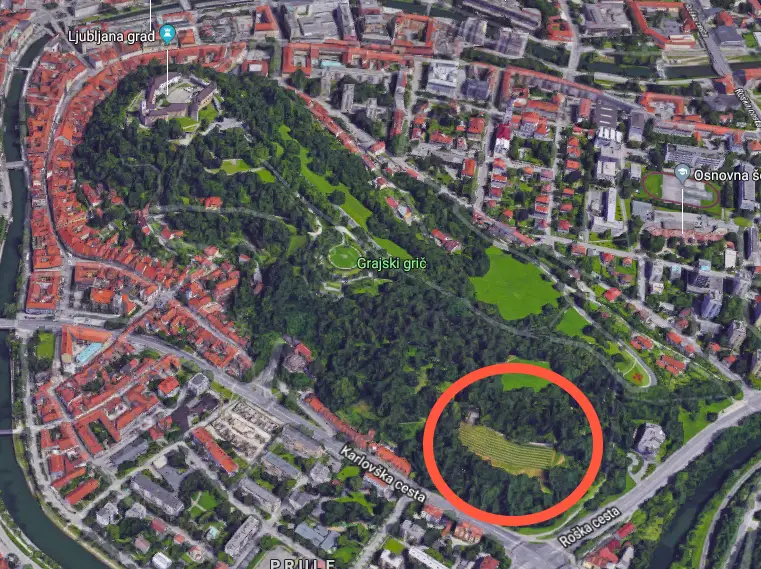
Screenshot from Google Maps, showing the location of the Castle vineyard
Ljubljana Castle
The city’s main attraction is said to be the top tourist draw in the country overall, and to my mind it earns a spot near the top just for the history and views. But beyond that the current owners, the City of Ljubljana, have laid out a varied, interesting and enjoyable programme of events, one that rewards regular revisits. On until 17 November Mighty Guardians of the Past: Castles in the Slovenian Lands, a presentation that delivers on the promise of its title.
I try and get up there every Saturday morning to clear my head and move my feet on the trails, and never tire of that end of the hill. At the other end, where the Castle sits, there’s a lot more than fresh air on offer. There are guided tours, restaurants, a café, Castle museum, puppet museum, a Watchtower you can climb to the highest point in the city, art shows, dances, live music, movies under the stars, festival days and more – enough to reward multiple trips up the hill through the year. All of these activities and events can be found on the Castle website, while on TSN you can see “25 things to know about Ljubljana Castle” here, and “Ten Ways to Enjoy Ljubljana Castle” here.
Museums and galleries
Most public galleries and museums are closed on Mondays, although not the National Museum, and - as noted at the start
Cankerjev dom – A free to see show called Subterranean Worlds, showing cave photography, runs until June 16th.
Plečnik's desk. Photo: JL Flanner
Plečnik’s House is worth a visit if you want to learn more about the architect who gave Ljubljana much of its character, and it's also in a really nice part of town, Trnovo, just a short walk or cycle upriver. Read about our guided tour here.
Balassi Institute – The Hungarian culture centre hasInterlacement – exhibition of Éva Farkasvölgyi and Žiga Okorn, showing tapestries and paintings on until June 14th.Free to enter, this venue is next to a Spar and Hofer, and not far from Dragon Bridge, and always has something interesting going on. Learn more here.
City Museum – The Museum in French Revolution Square an interesting permanent exhibition on the history of Ljubljana, from prehistoric times to the present day, with many artefacts, models and so on that bring the story alive.You can read about my visit here. On until 25 September is Treasures from Russian Museums, an exhibition showcasing more than 80 Russian icons from leading Russian museums.
The Faces of Ljubljana in the City Museum. Photo: JL Flanner
International Centre of Graphic Art – The 33rd Biennial of Graphic Arts opens its doors in the evening on Friday, 7 June, and runs until 29 September. It's called Crack Up – Crack Down, and is curated by the collective Slavs and Tartars, with a focus satire and the graphic arts.
Ljubljana Castle on until 17 November Mighty Guardians of the Past: Castles in the Slovenian Lands, a presentation that delivers on the promise of its title.
MAO – The Museum of Architecture and Design has much of what you'd expect, along with some temporary shows and a good cafe. On until 19 September is a show called Creators, on contemporary Slovenian fashion and textile design, which is being promoted with the following image.
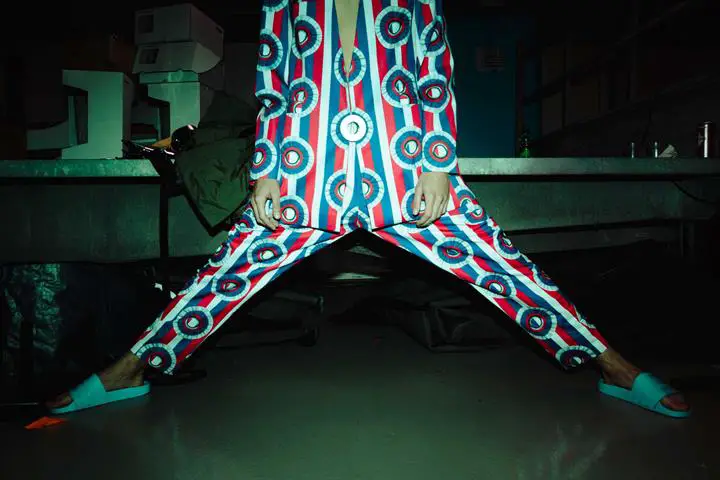
Photo: Urša Premik
Moderna galerija – The main branch of this gallery, to be found near the entrance to Tivoli Park, has a good collection of modern art, as well a nice café in the basement. Opening Thursday, April 25th, 20:00, The Visual Arts in the Kingdom of Yugoslavia, 1929–1941, which then runs until September 15th 2019. This offers “an overview of painting, sculpture, printmaking, drawing, photography, and film from the time the king's dictatorship was set up (6 January 1929) to the beginning of World War II on Yugoslav soil (April 1941)” - you can read more about it here. The museum's Metelkova branch also has a big new show, runing until at least September 2019, an the art of the Non-Aligned Movement, with an example shown below.
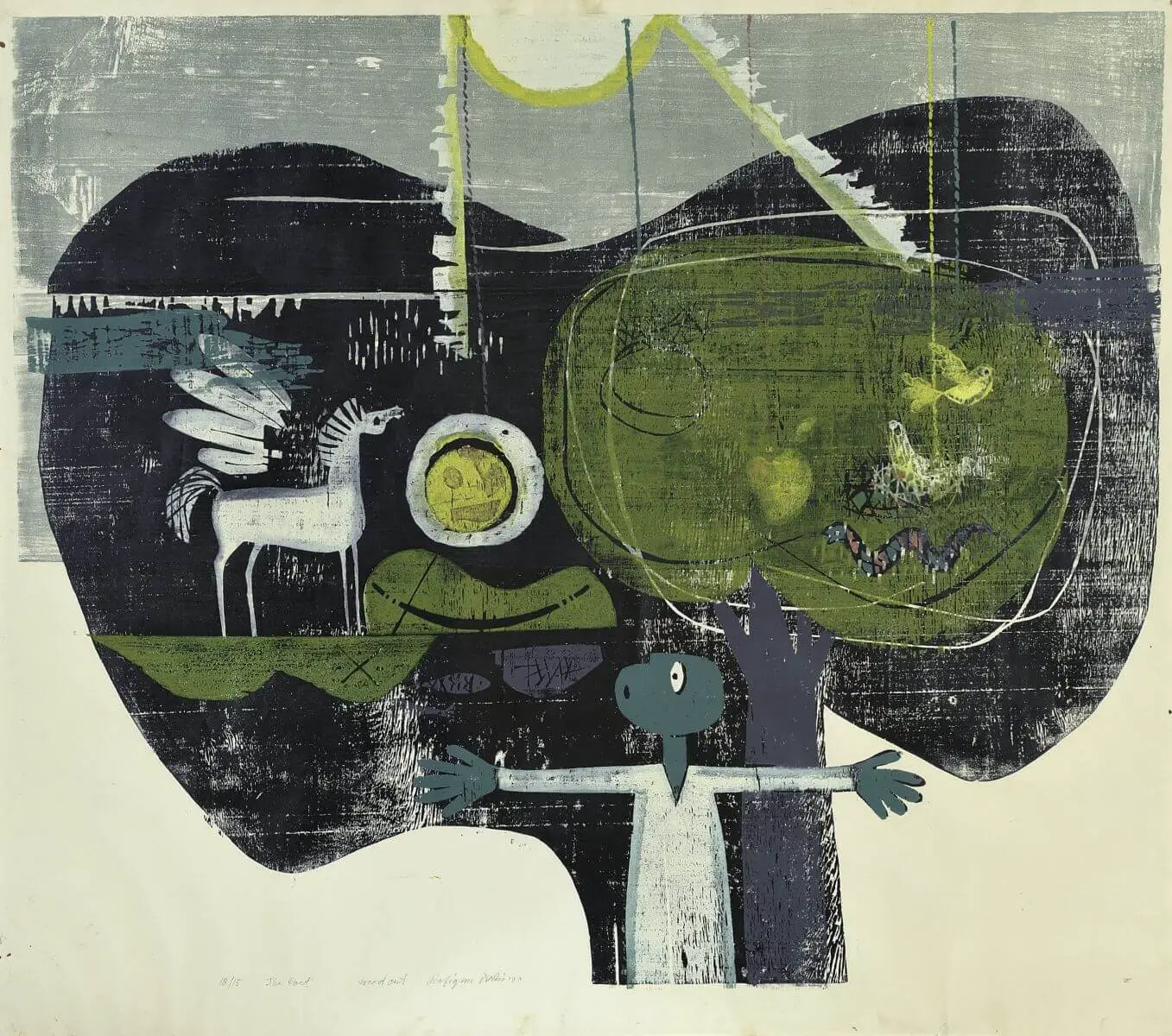
Rafikun Nabi: Poet, 1980, print, 96.5 x 110 cm. Courtesy of the Contemporary Art Center of Montenegro. On display at the Metelova branch of the Moderna galerija
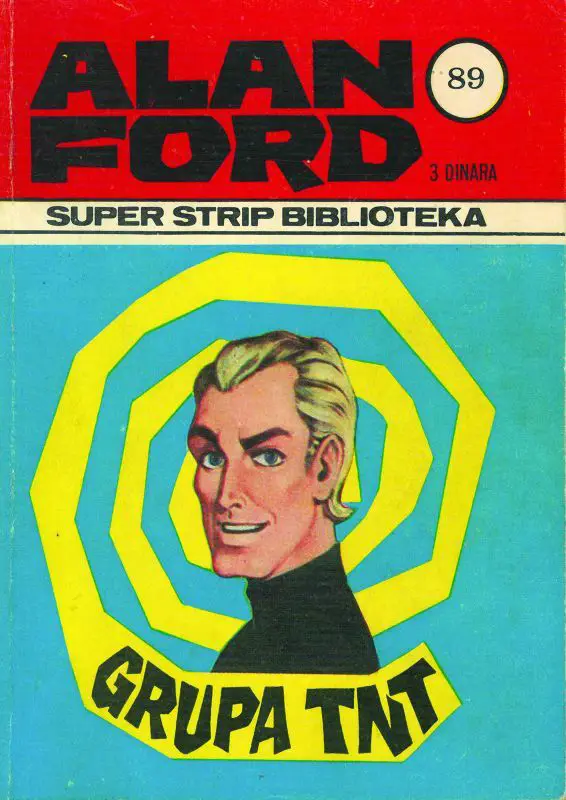
Alan Ford at the National Gallery
National Gallery – The country’s main gallery has “the best” of what’s on offer from the Middle Ages to non-contemporary modern visual arts, and is in a great location for exploring other areas, just by Tivoli Park and opposite the main branch of the Moderna galerija. You can read about our visit to the room containing sacred art from the Middle Ages here. The Space Within the Space: Scenography in Slovenia before 1991 will provide a comprehensive historic, stylistic, visual and theatrical overview of Slovenian scenography until 8 September. There’s also a big show on Alan Ford, one of the great comic books of the Yugoslav era, on until 13 October.
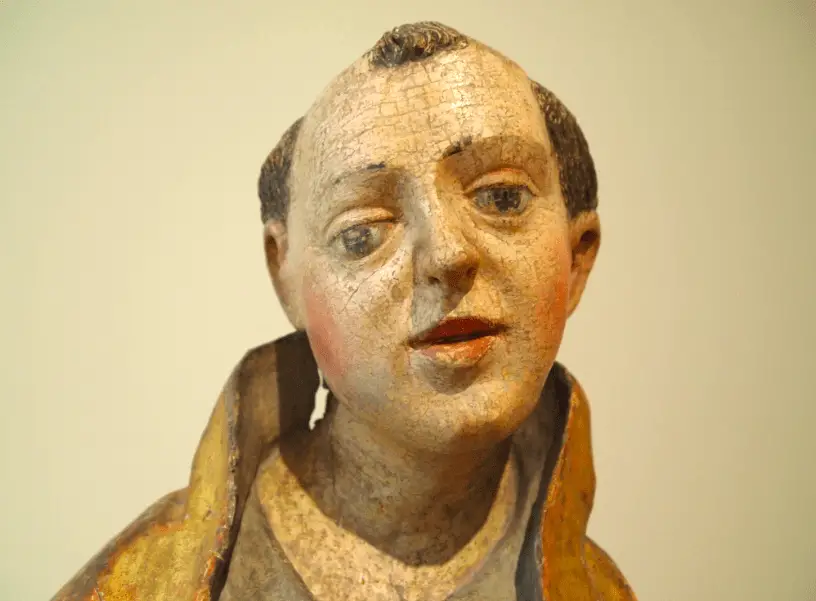
JL Flanner
The real Robba Fountain can be found in the entrance to the National Gallery - the one you see in the Old Town is a genuine fake, as seen below and reported here.
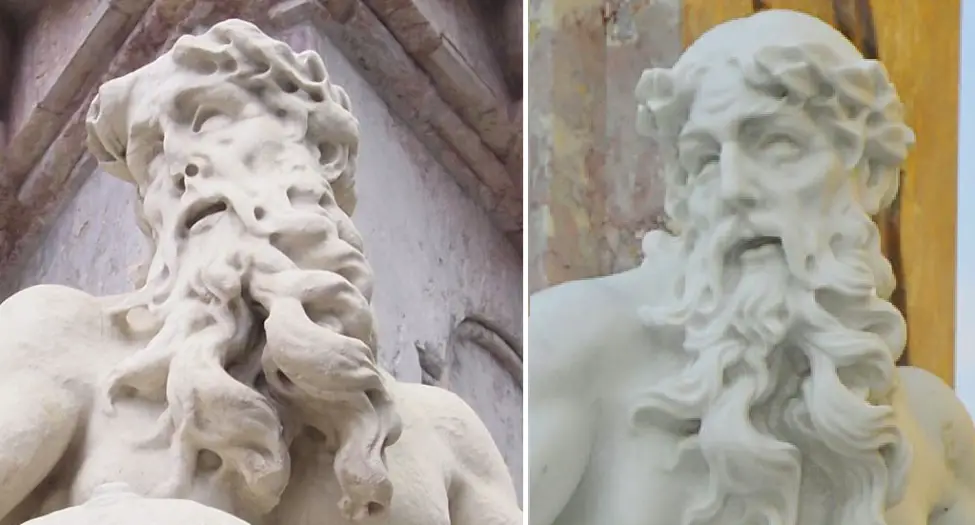
Photo: JL Flanner
National Museum of Slovenia – There’s plenty to see in the permanent collection here, from Roman times, Egypt and more. Meanwhile, the museum's Metelkova branch, located between one branch of the Moderna galerija and the Ethnographic Museum has some rooms on Church art, furniture and weapons, with the latter including more guns than you'll see anywhere else in town, and quite a thrill if coming from a nation where such objects are not household items.
Natural History Museum – On until the end of June 2019 is Our Little Big Sea, which takes a look at the oceans.
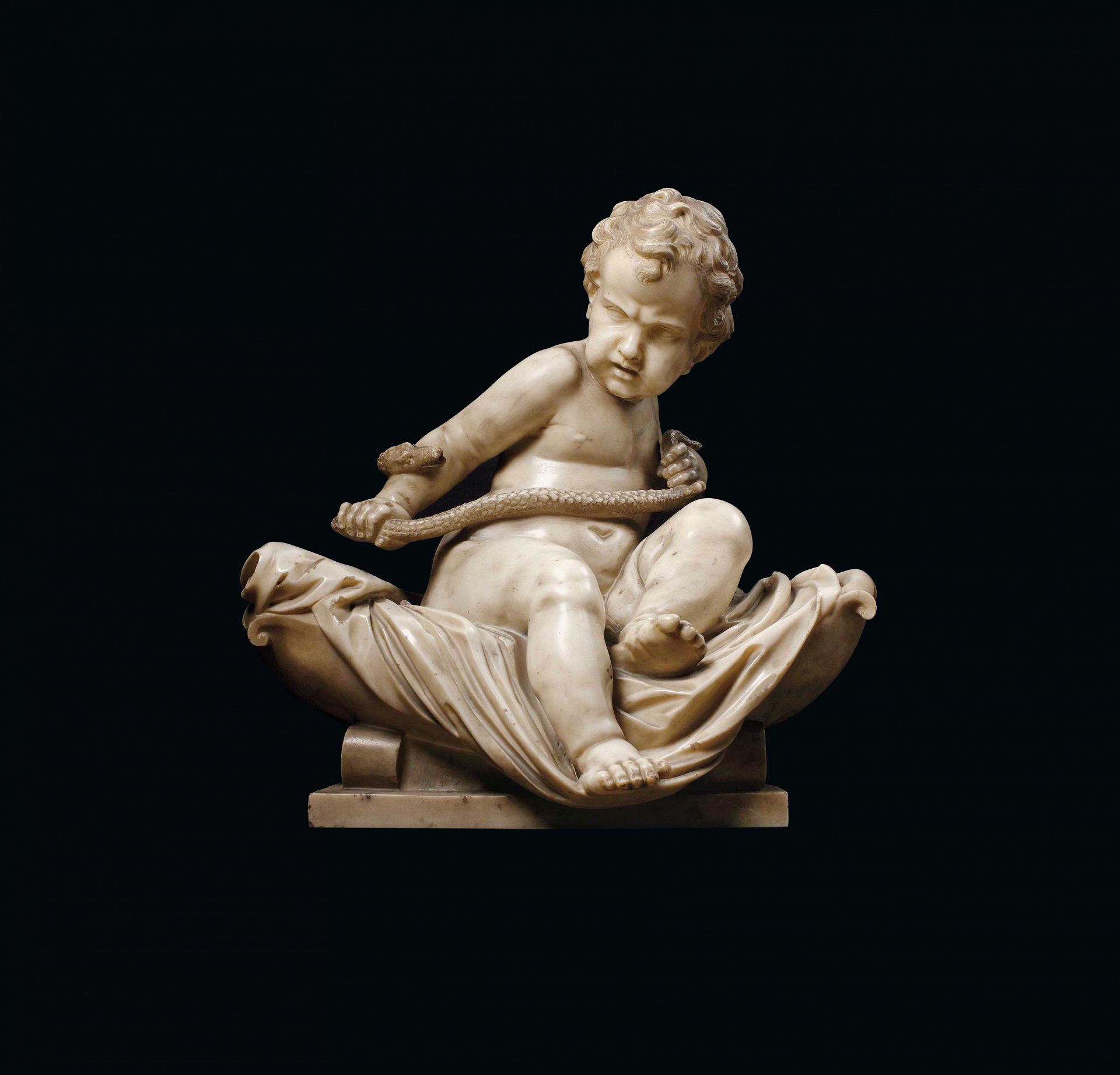
Roma Aeterna: Masterpieces of Classical Sculpture - see below
National Museum of Contemporary History - Tucked away in park Tivoli, in addition to his permanent collection will be showingIn Search Of Freedom: 1968-2018 until 16 August. Until 2 June there’s From Letters to Facebook: Communication of Slovenian emigrants in Argentina with their homeland through time. Until 29 September there also a retrospective on the photographer Edi Šelhaus, which is being promoted with the following image. Opening 4 June and closing 3 November is Roma Aeterna: Masterpieces of Classical Sculpture. With sculptures from the collection of the Santarelli family in Rome, ranging from the age of the Roman Empire to that of neoclassicism.
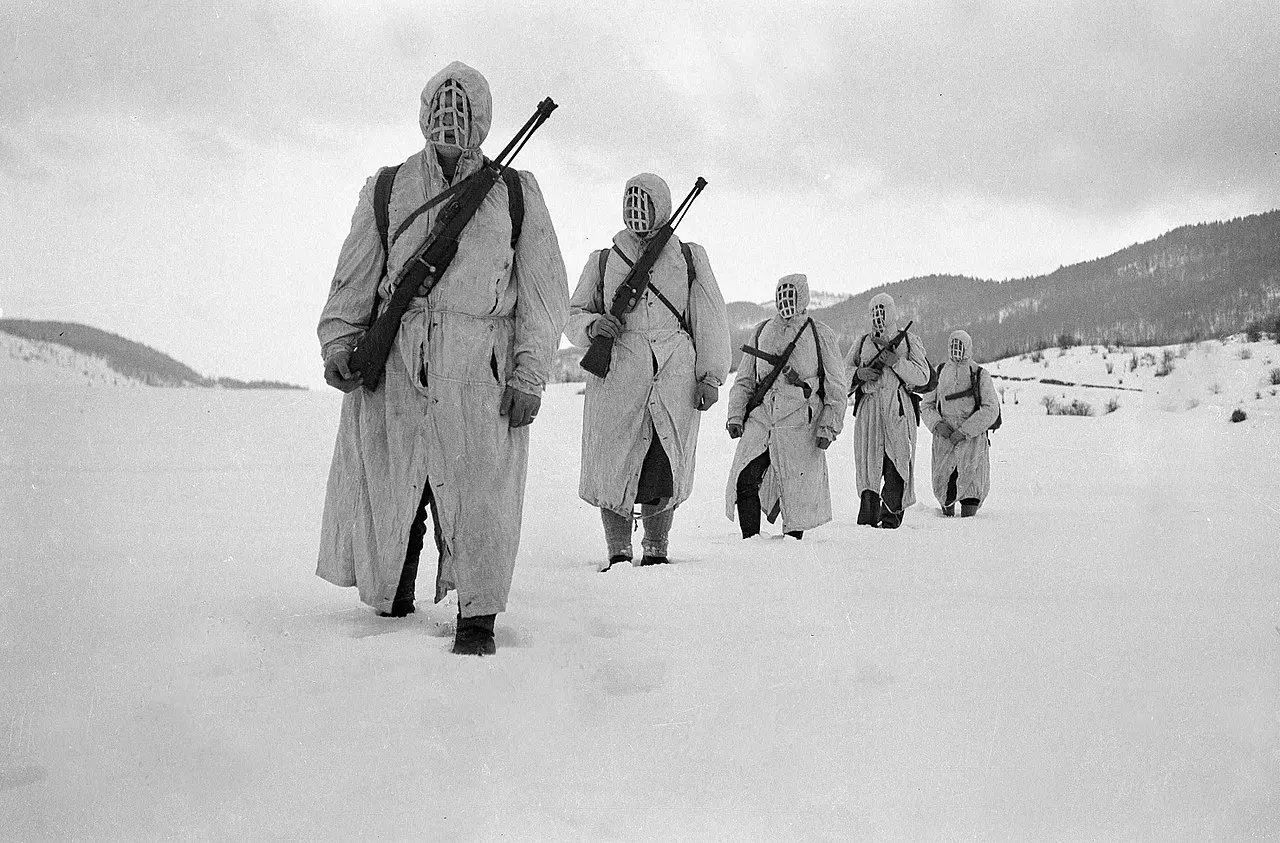
Photo: Edi Šelhaus
Slovene Ethnographic Museum – The museum currently has a temporary show on Bees and Beekeeping, on until June 16 2019, as well two permanent exhibitions. One of these is called Between Nature and Culture, and has a great collection of objects from Slovenia and around the world, well worth the trip up to the third floor to see it (as recounted here). From April 18 until October 19 (2019) you can also see a show calledShamanism of the Peoples of Siberia, from the Russian Museum of Ethnography, Saint Petersburg. The place is located near the newer branch of the Moderna galerija and Metelkova. You can read about this fascinating show here. On until September 15 is Petra Šink: The circle between design and nature, in which the award-winning designer takes visitors through the life cycle of useful products for the home which are made from natural biodegradable fungal materials.
Union is "the Ljubljana beer", but now both it and Laško are owned by Heineken. There are many local brews on offer around town, though, if you want to explore IPAs, stouts, wheatbeers, sours and so on Photo: JL Flanner
Union Experience – The Ljubljana-based brewer has a museum showing the history of the company, with the ticket also including access to part of the factory and a few samples of the product. You can read about our visit here.
Volčji Potok Arboretum - Running until 3 November you can see a large collection of cacti here.
It's not a formal museum, but if you're interested in "Yugo-stalgia" then you'll enjoy a trip to Verba, a small, privately run space that's crammed with objects and pop culture items from the era, and is conveniently located at the start of one of the short walks to the castle. It's also a great place to take pictures, if you leave a donation, and you can read more about it here.
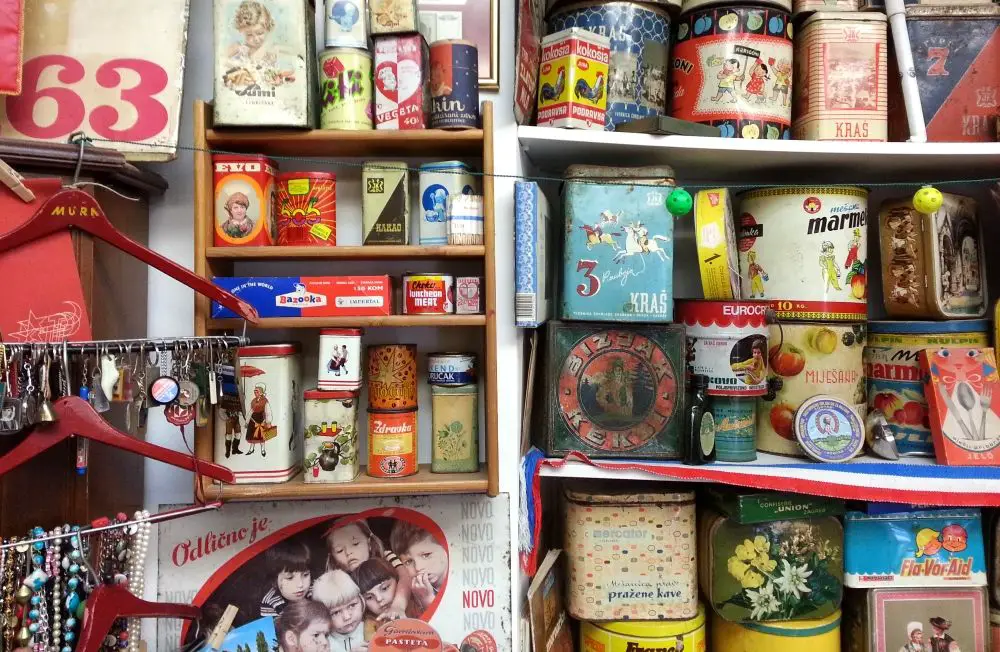
Verba. Photo: JL Flanner
Alternative Ljubljana isn't a museum or gallery, as such, but instead turns the city streets into a museum and gallery. Learn more about their tours of street art, history and LGBT Ljubljana here.
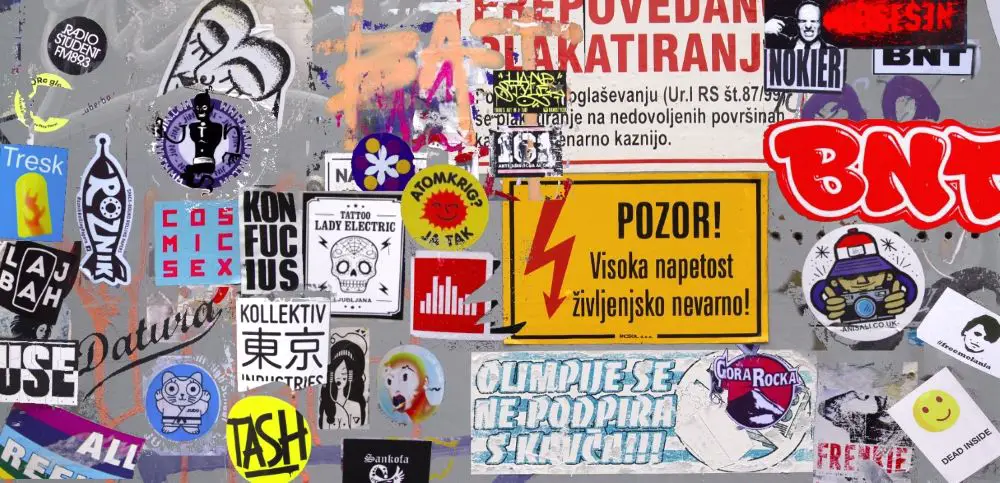
Photo: JL Flanner
Other things to do in Ljubljana
Learn more about Ljubljana with "25 things to know about Slovenia's green city of dragons", or take a look at our guide to spending from four to 48 hours here.
Open Kitchen brings market stalls selling food and drink from some of the best restaurants in town every Friday, from 11am to 11pm, in the square between the cathedral and the river - just follow your nose and the crowds. Read more about it here.
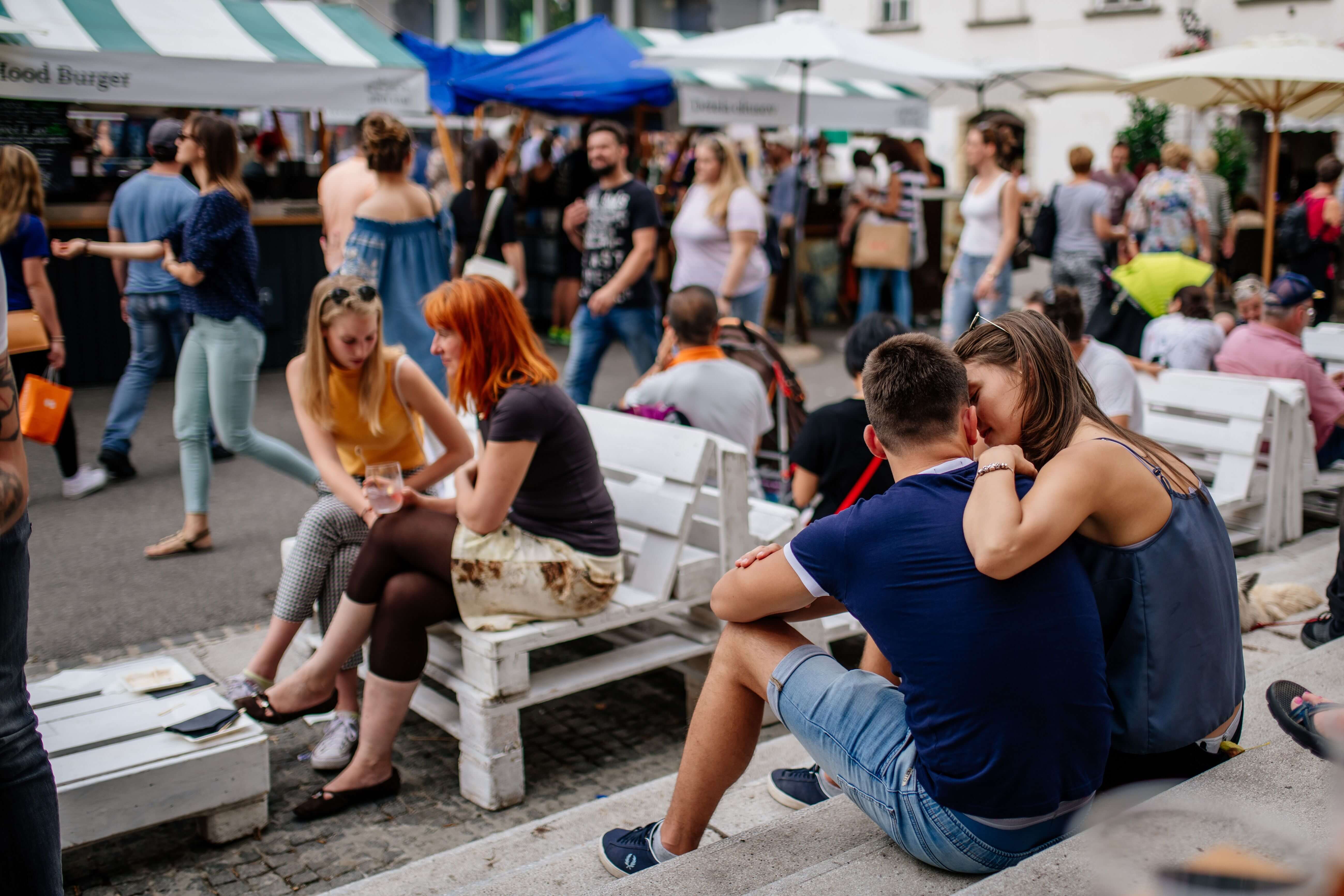
Photo: Open Kitchen
If you'd like to spend an evening painting with others, then take a look at Design with Wine, which organises painting parties on Trubarjeva cesta,
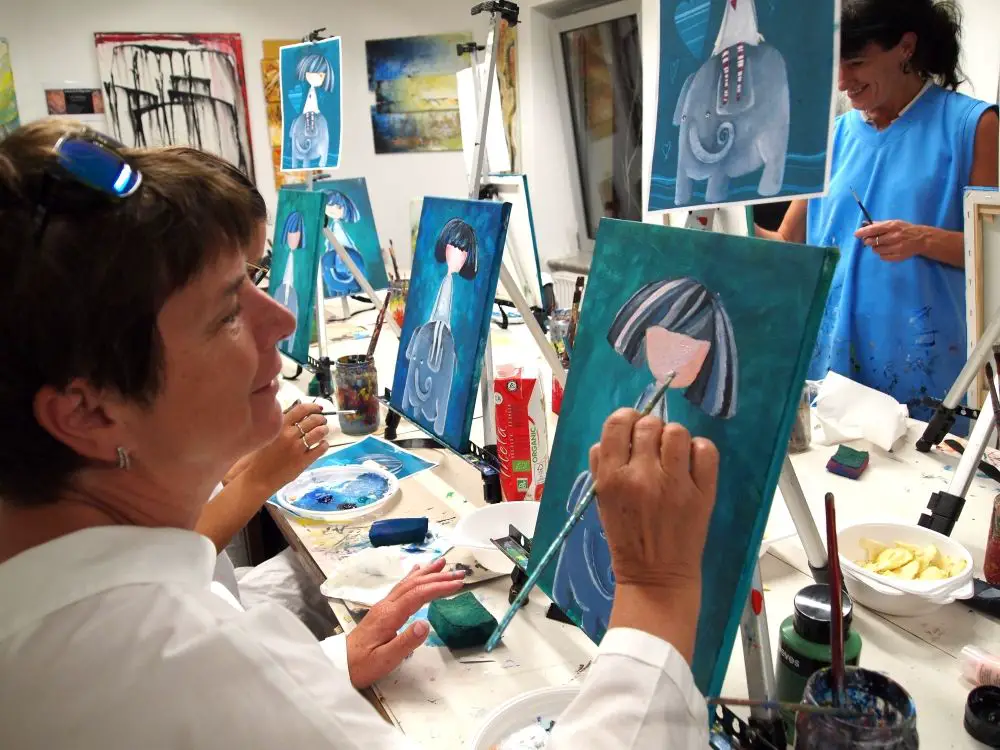
If you want to see some antiques, then check out the wonderful Antika Carniola, as discussed here. The man behind it, Jaka Prijatelj, has a fine eye for life on this street, as you can see on his Facebook account.
Photo: JL Flanner
If you’re in town and want to go jogging or walking in nature, why not take another look at the Castle, with a brief guide to the trails here. If you want something bigger, head to Tivoli Park.
And if you're bored with the Old Town, why not take a walk, cycle or boat ride to nearby Špica and enjoy the riverside life. Learn more about that here.
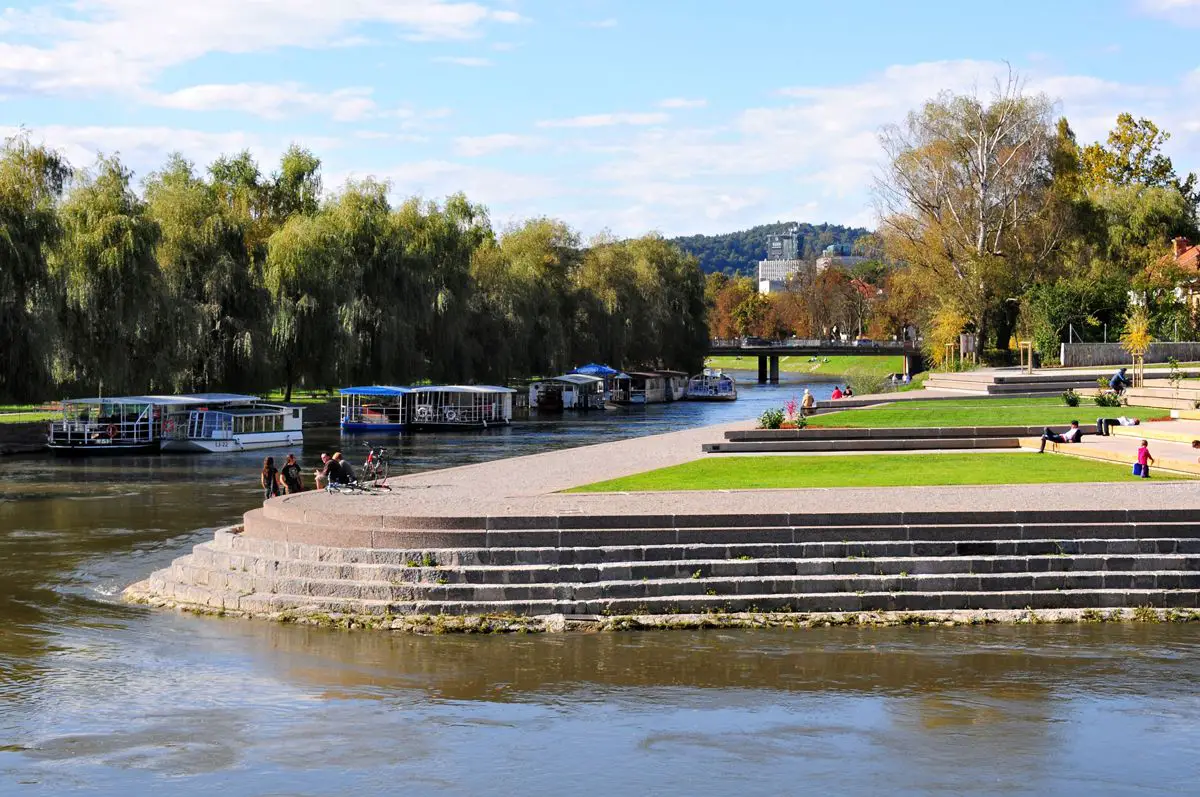
visitljubjana.si
![]()
maxpixel.net, public domain
Want to stretch and breath? Then check out our list of drop-in yoga classes for tourists, visitors and the uncommitted. If you're heading to the coast, check out our interview with a yoga teacher who offers breakfast sessions there, while if you're staying in town (or nearby) and want to try some "family yoga" then you can learn more about that here and maybe get your kids to calm down a moment or two.
Prefer to have someone else stretch you? The check out the totally legit massages you can get from Sense Wellness - either in one of their spas or in you home, office or hotel. (And - to repeat - these are legit and non-sexual in nature)
There are some golf courses near Ljubljana, but even ones further away are not far, as seen in our list of all the golf courses in Slovenia.
![]()
Photo: maxpixel.net, public domain
Daytrips
Most of Slovenia is only a few hours from Ljubljana, and you can easily visit Lake Bled, Lipica Stud Farm, Postojna Cave, Predjama Castle, the coast and other locations, while if you'd like to take a photo of from that bench in Bled, then you can learn how to get there here. If you’re looking for something more ambitious, then check out our recent guide to the 17 members of the Association of Historical Towns of Slovenia. We've also written guides on spending from four to 48 hours in Bled and Piran.
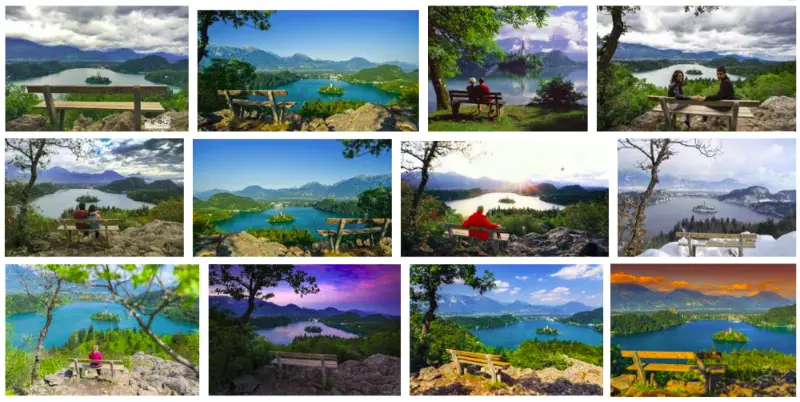
Photo: Google Image Search
Getting around & miscellaneous
If you want to get a Ljubljana Tourist Card, which gives you travel on the city buses and entry to a lot of attractions, then you can read more about that here, and if you want to use the bike share system, as useful for visitors as it is for residents, then you can learn more by clicking this. Visitors with reduced mobility will be pleased to find that downtown Ljubljana is generally rated as good with regard to accessibility, and that there’s a free, city-sponsored app called Ljubljana by Wheelchair highlighting cafés, attractions and so on with ramps, disabled bathrooms and Eurokey facilities, which you can read about and download here. Manual wheelchair users can also borrow, for free, an attachment that will motorise their equipment, as reported here.
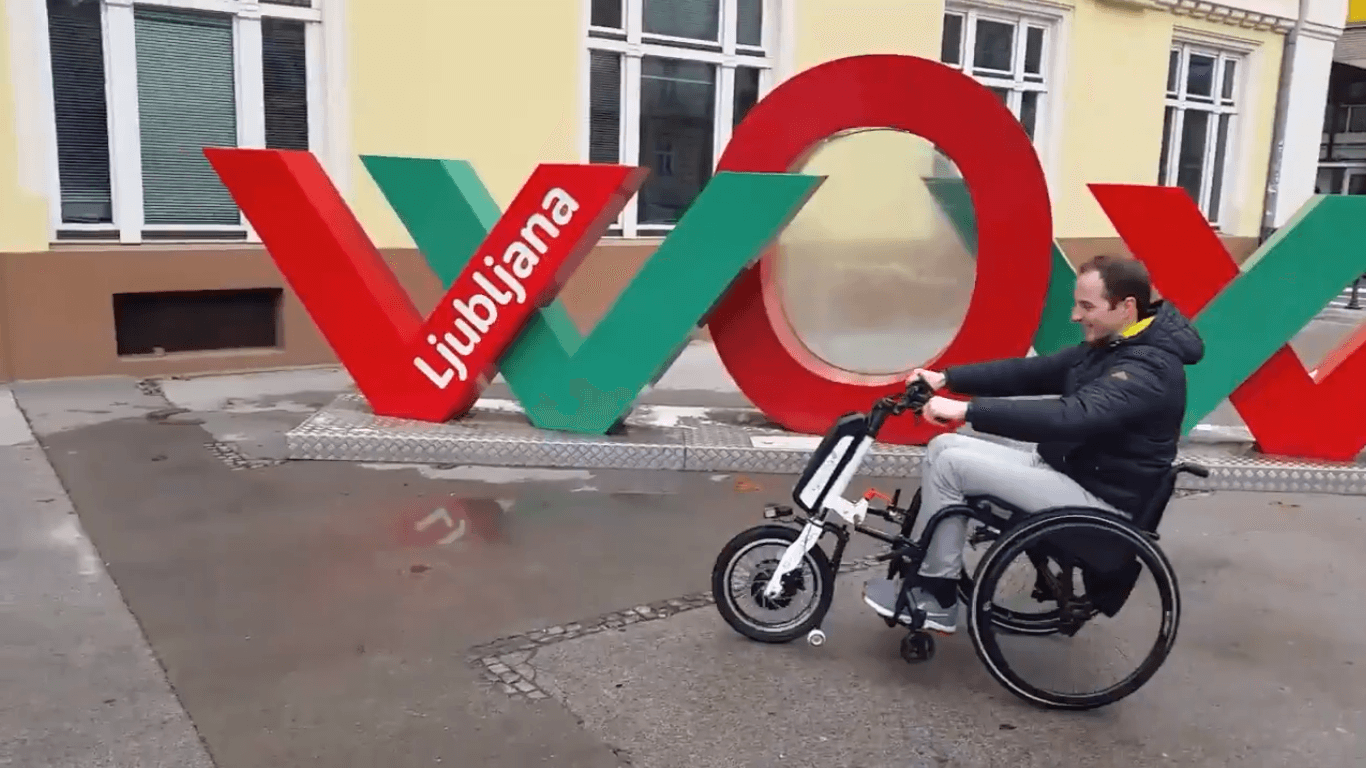
Screenshot from a Twitter video
If you’re driving into town and don’t know where to part, our guide to how to park in Ljubljana is here.
There aren't many places to eat after midnight, and most of them are by the train station, as reported here.
Want / need cigarettes but the stores have closed? Here's an incomplete list of bars downtown that will satisfy your craving for the demon weed. While if you’re having trouble with the ATMs then here’s a guide to the Slovene you’ll see on screen. If you get a hangover then find out where to get paracetamol (and prescription drugs) in Ljubljana here, while details on emergency birth control can be found here.
Ljubljana is a small and relatively safe city, but if need to contact the police then there’s a special number for foreigners, and that’s 113.
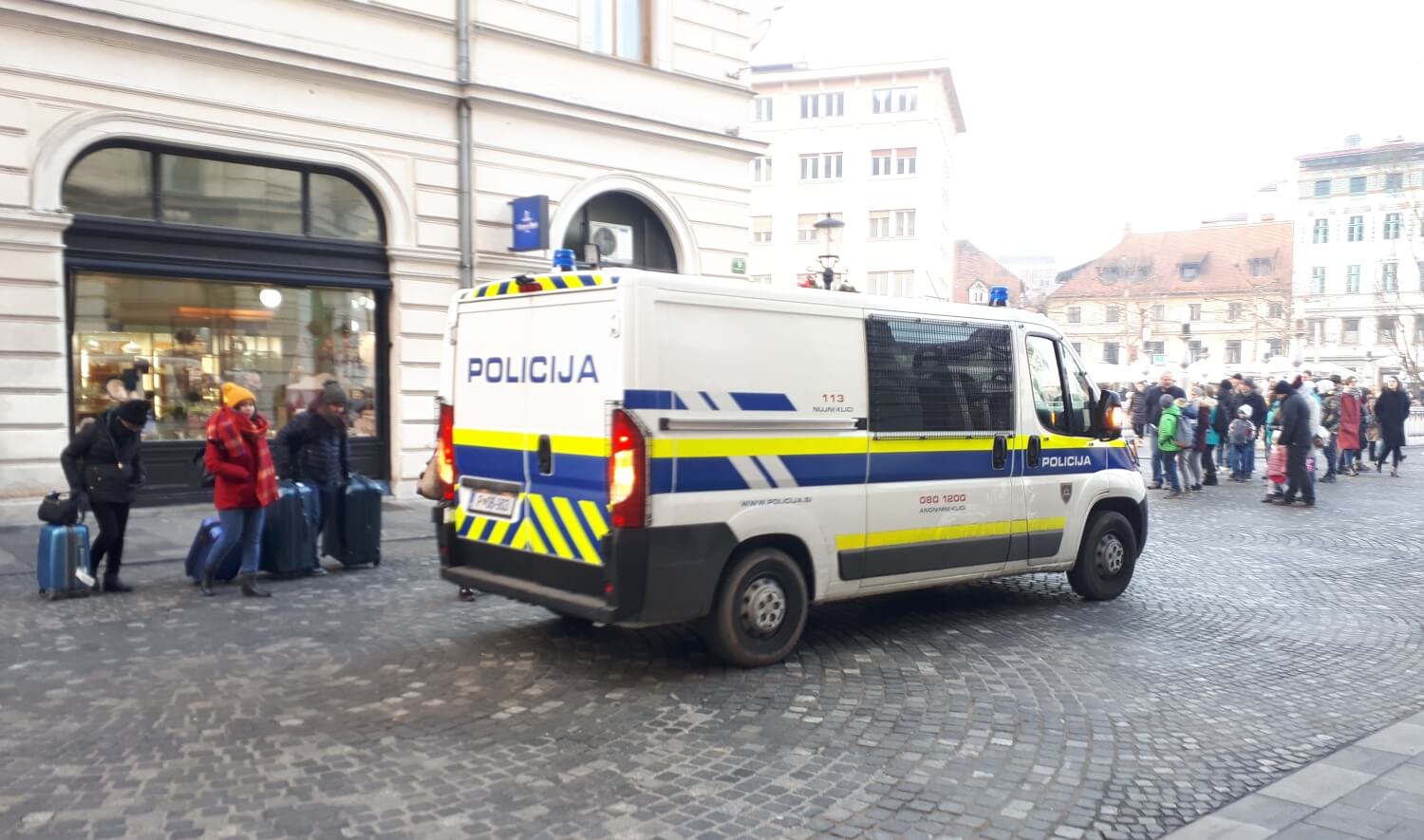
Photo: JL Flanner
Keep up with the daily news in Slovenia by checking the morning headlines here
This schedule was prepared by the STA:
MONDAY, 3 June
MUNICH, Germany - Economy Minister Zdravko Počivalšek will meet Bavarian Minister of Economic Affairs, Regional Development and Energy Hubert Aiwanger.
BUCHAREST, Romania - Agriculture Minister Aleksandra Pivec will attend an informal session of the EU's Agriculture and Fisheries Council.
LJUBLJANA - The results of the mail-in vote from abroad will be added to the results of the 26 May EU election.
LJUBLJANA - A panel debate featuring ministers of infrastructure, home affairs, justice and health will discuss ways to improve road safety in the country.
LJUBLJANA - An international conference on economic justice, co-organised by Eurodad, a network of NGOs from 20 European countries; until 5 June.
LJUBLJANA - Waste packaging management companies Dinos and Interseroh will speak to reporters about the situation involving packaging waste.
LJUBLJANA - A reception for Slovenian riders Primož Roglič, Jan Polanc and Tadej Pogačar following their latest achievements in road cycling races.
TUESDAY, 4 June
LJUBLJANA - The parliamentary Intelligence Oversight Commission will conduct interviews with three former directors of the national intelligence agency SOVA behind closed doors.
MUNICH, Germany - Economy Minister Zdravko Počivalšek will take part in the opening of Transport Logistic, the world's leading trade fair for logistics and mobility.
LJUBLJANA - The Ljubljana Faculty of Engineering will launch the country's first Smart Factory demonstration centre.
LJUBLJANA - The Slovenian-German Chamber of Commerce will present the German economy's award.
OPATIJA, Croatia - The parliamentary Committee on Agriculture, Forestry and Food will be briefed on the impact of natural calamities on the woods in Slovenia and Croatia.
CELJE - The shareholders' meeting of the chemical company Cinkarna Celje will decide on distribution of last year's profit and a buyback plan.
LJUBLJANA - The Slovenian Insurance Association will present the results of a survey on financial literacy.
LJUBLJANA - The Slovenian Muslim community will celebrate Eid al-Fitr, which marks the end of the fasting month of Ramadan.
LJUBLJANA - The Slovenian Composers' Association will present the Kozina Award for lifetime oeuvre.
LJUBLJANA - A concert by English musician Sting.
LJUBLJANA - New administrative prices of regulated fuels will kick in.
WEDNESDAY, 5 June
LJUBLJANA - President Borut Pahor will host a two-day meeting of the Three Seas Initiative, while Prime Minister Marjan Šarec will host the initiative's business forum.
LJUBLJANA - The parliamentary Defence Committee will resume debate on the national security strategy resolution.
LJUBLJANA - The parliamentary Labour Committee will debate amendments to the prevention of undeclared work and employment act.
ČRNOMELJ - A panel debate on migration, held by the Slovenian Philantrophy.
LJUBLJANA - The Commission for the Prevention of Corruption will present key findings from its annual report for 2018.
LJUBLJANA - The Employment Service will release registered unemployment total for May.
VELENJE - A conference on the future of the energy sector in the valley that is home to the Šoštanj coal-fired power station TEŠ and the Velenje coal mine.
LJUBLJANA - The committees on labour and home affairs, and public administration will debate abuse of social transfers by fictitious residents at a session called by the opposition Democrats (SDS).
LJUBLJANA - The shareholders' meeting of retailer Mercator is to appoint two new supervisors, among other items on the agenda.
ZREČE - The shareholders' meeting of the state-owned tool maker Unior will decide on distribution of last year's profit.
LJUBLJANA - The winner of the Vilenica Prize will be declared ahead of the 34th annual international literary festival, between 10 and 15 September.
IZOLA - The film festival Kino Otok - Isola Cinema will open, to run until 9 June.
LJUBLJANA - Memoirs written by Ani Župančič (1891-1967), the wife of poet and playwright Oton Župančič (1878-1949), will be launched to mark the 70th anniversary of the poet's death.
THURSDAY, 6 June
LJUBLJANA/BRDO PRI KRANJU - The second day of the Three Seas initiative summit.
LJUBLJANA - A regular weekly session of the government.
LJUBLJANA - A ceremony to mark the 25th anniversary of the Slovenian Science Foundation.
LJUBLJANA - Diggit, the national conference on digital communications.
LJUBLJANA - Eastern European Countries Committee of Insol Europe will hold a conference on how to navigate companies in distress.
RIMSKE TOPLICE - A conference of the Slovenian Hoteliers' Association.
LJUBLJANA - Primož Trubar Day will be observed to pay tribute to the 16th-century protestant priest who printed the first Slovenian books.
FRIDAY, 7 June
KRŠKO - Prime Minister Marjan Šarec will address a ceremony on Slovenian Exiles Day.
LJUBLJANA - On World Food Safety Day a debate will be held by the Ministry of Agriculture, Administration for Food Safety, Veterinary Sector and Plant Protection and the National Council.
LJUBLJANA - The Statistics Office will release external trade data for April.
KLAGENFURT, Austria - Slovenia will play Austria in a 2020 Euro qualifier.
LJUBLJANA - June in Ljubljana, a three-week festival, will open with Giselle performed by the Ljubljana ballet ensemble.
SATURDAY, 8 June
LJUBELJ - Prime Minister Marjan Šarec will address a ceremony marking the 74th anniversary of the liberation of the Mauthausen Nazi concentration camp below the Ljubelj mountain pass.
PTUJ - Summer festival Arsana, running until 27 July, will start with an opera spectacle.
SUNDAY, 9 June
LJUBLJANA - The Franja cycling marathon will be held.
May 30, 2019
Have your kids entered the public school system in Slovenian and just found “school in nature” (šola v naravi) on the school’s calendar, but have no idea what this is?
According to the official definition of the Ministry of Education, “school in nature is an organised form of educational work that takes place outside the school premises for three or more days in a row. (…) School in nature is organised by a school, which defines the content, execution and financing of a particular school in nature in its annual plan.”
Due to the autonomy of the schools in the public education system, the number of such trips for each generation of students varies from school to school.
It is mandatory for schools to organise at least one school in nature for each generation of elementary school children, although in most cases two week-long trips away from home are expected by most of the kids: a summer swimming trip at the end of grade four, and a winter skiing trip in grade six or seven.
It is perhaps important to mention that the first mandatory 20-hour swimming course takes place in either second or third grade. Students are expected to know how to swim by the time they finish elementary school, just like knowing how to ride a bicycle or to read and write.
This is also the reason why the summer school is part of the mandatory programme, and also the one school offers subsidies for. School in nature costs between EUR 120 and 140, and up to about 180 for winter school, but the expenses for students from financially weaker families are usually covered from the so-called School Fund. As a parent you can contribute to the school fund yourself. Usually, schools send monthly School Fund invoices to parents of their students and they can decide whether they will or can contribute or not.
School in nature usually takes place in Centres for School and Outdoor Education (CŠOD), which are best equipped for these type of activities, can house a large number of students and aren’t profit oriented, hence relatively cheap.
School in nature is certainly a very exciting event and a great bonding opportunity for the kids of each generation. Besides, school in nature continues to present a travel opportunity for many who would otherwise not be able to afford one in a private family setting.



